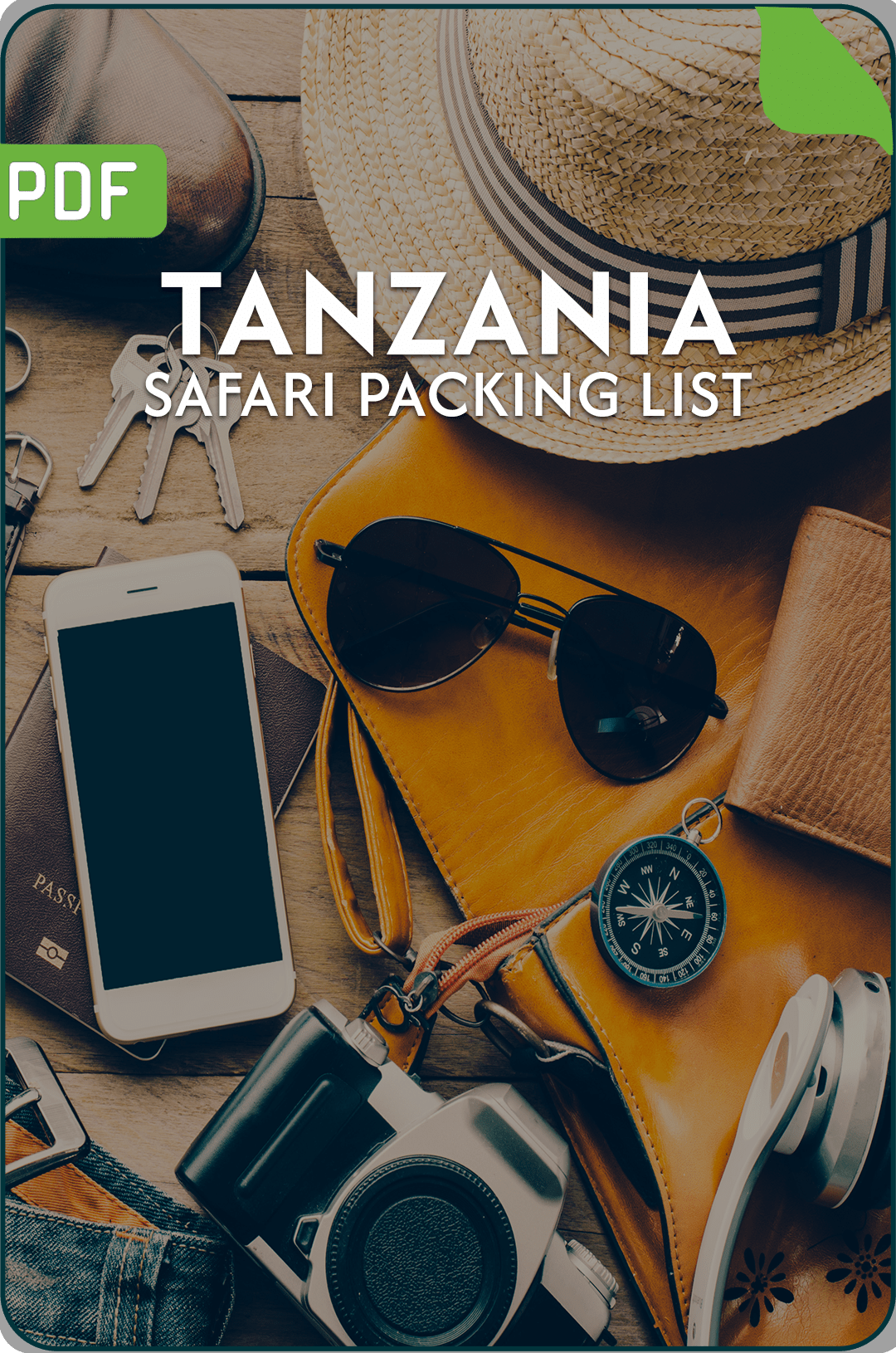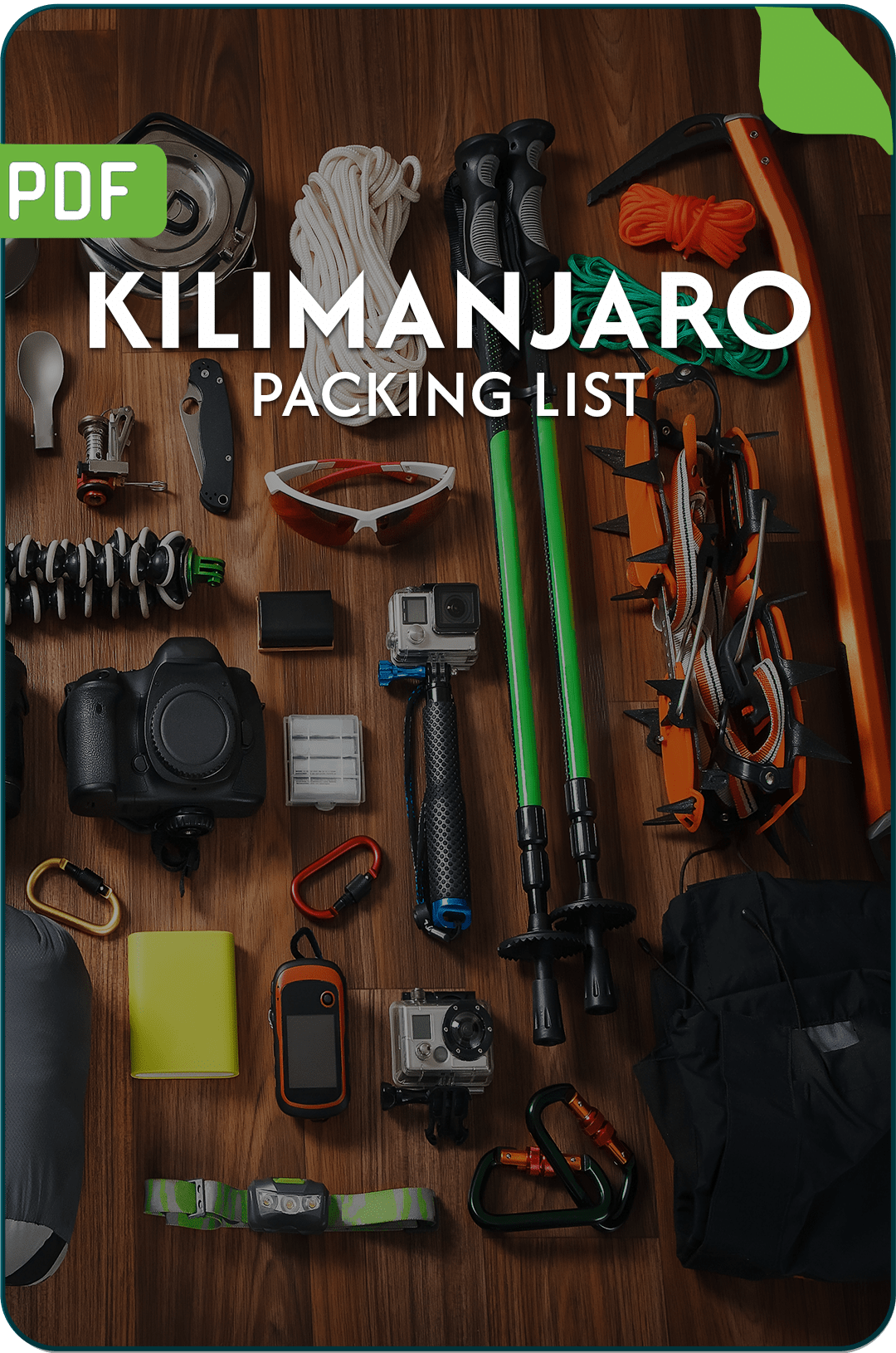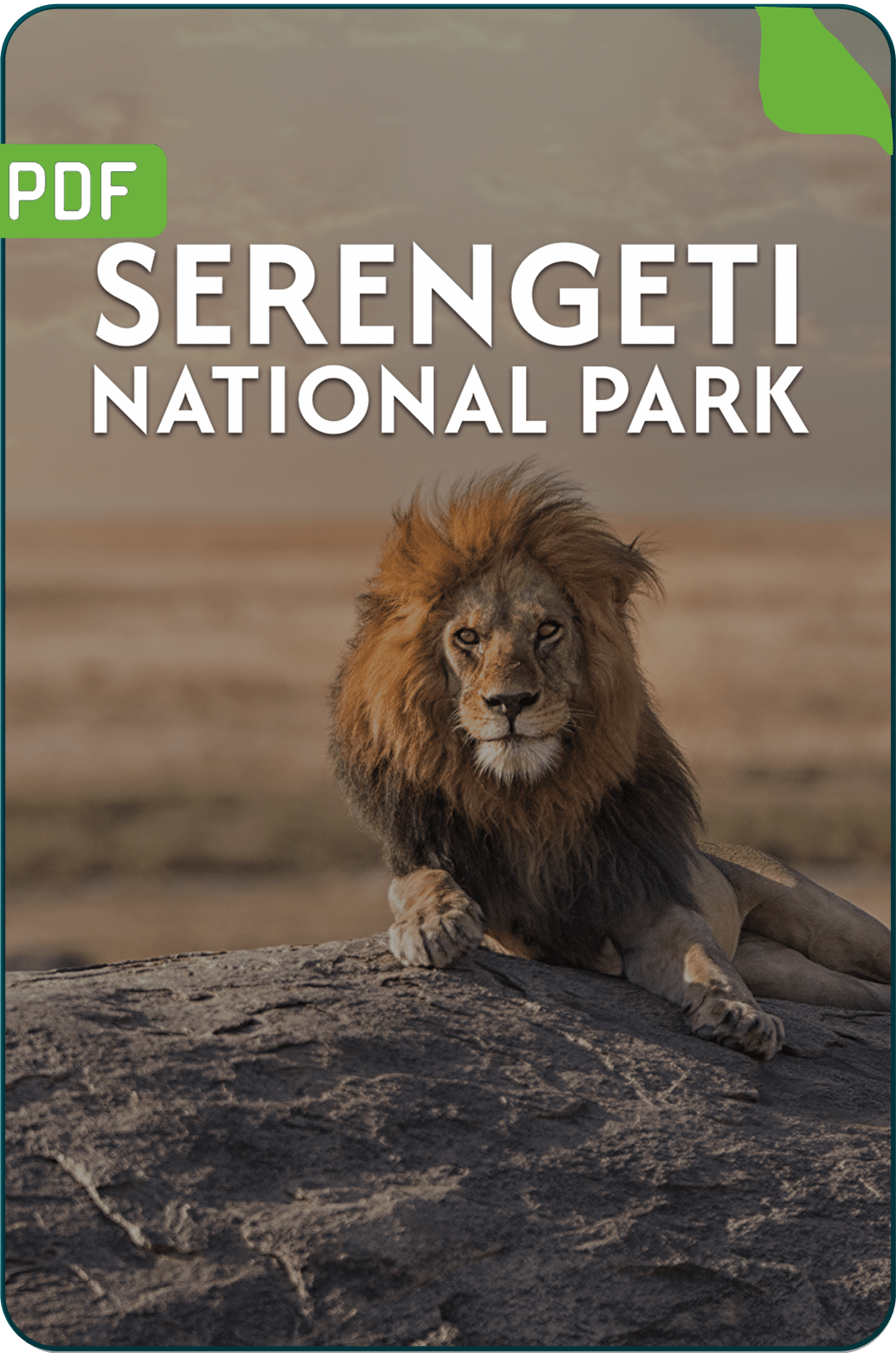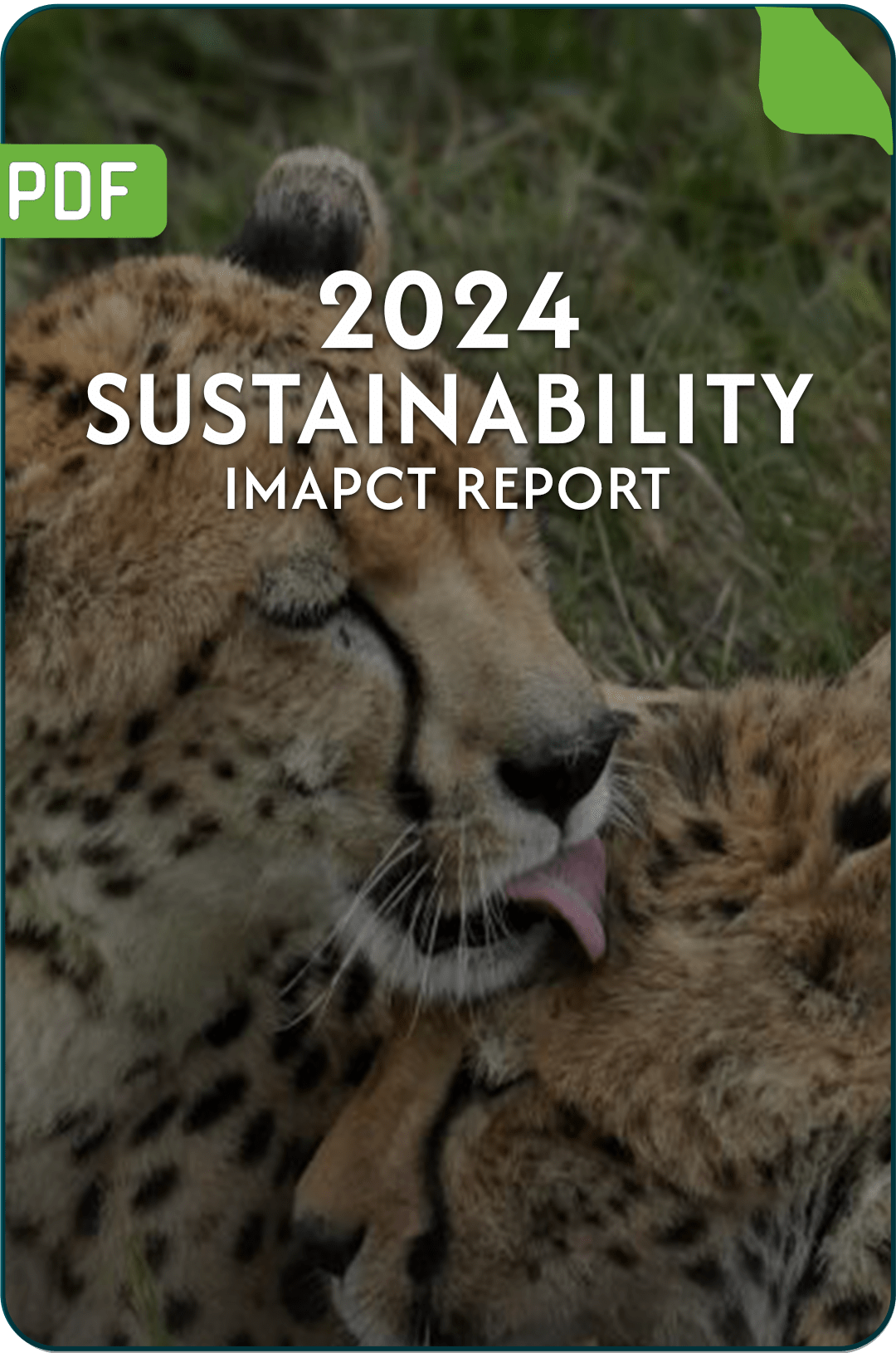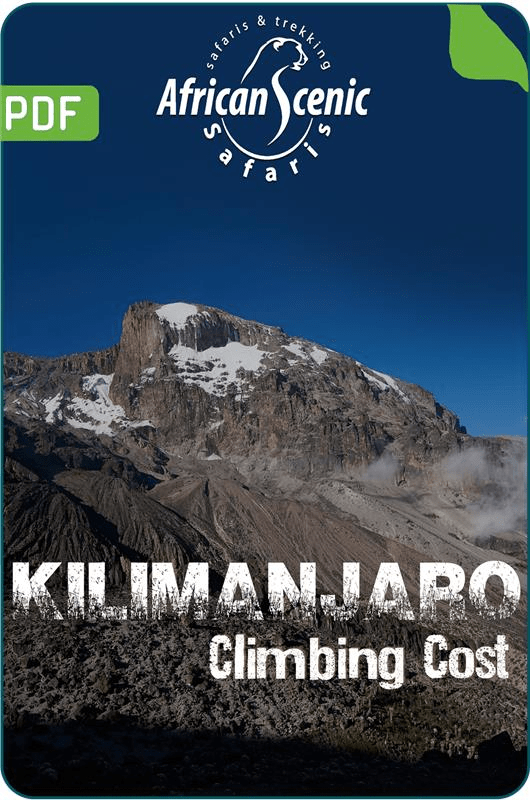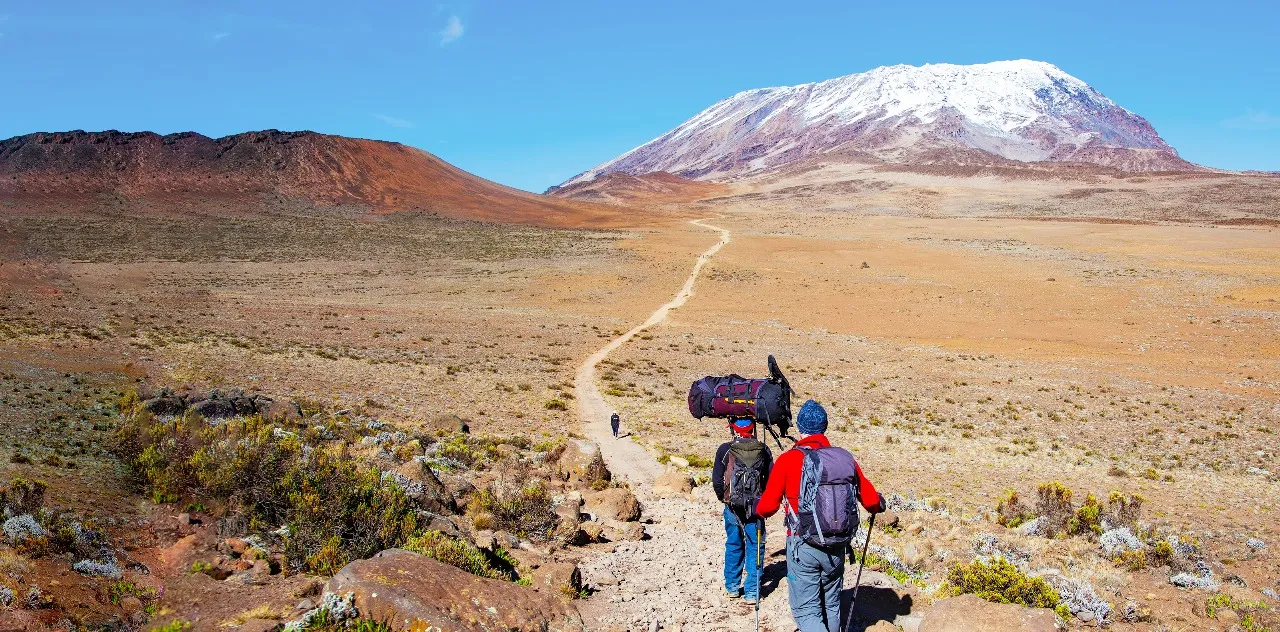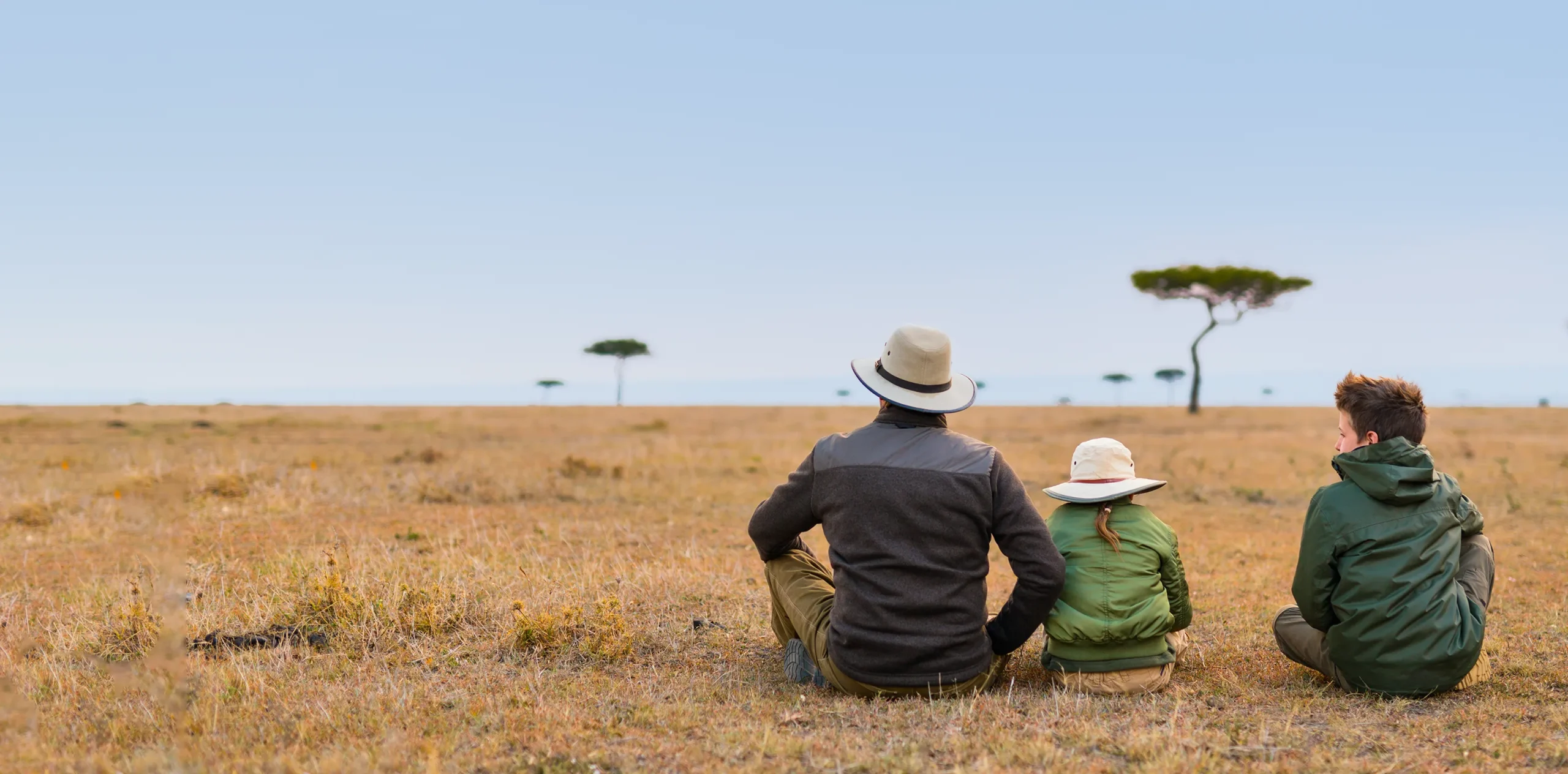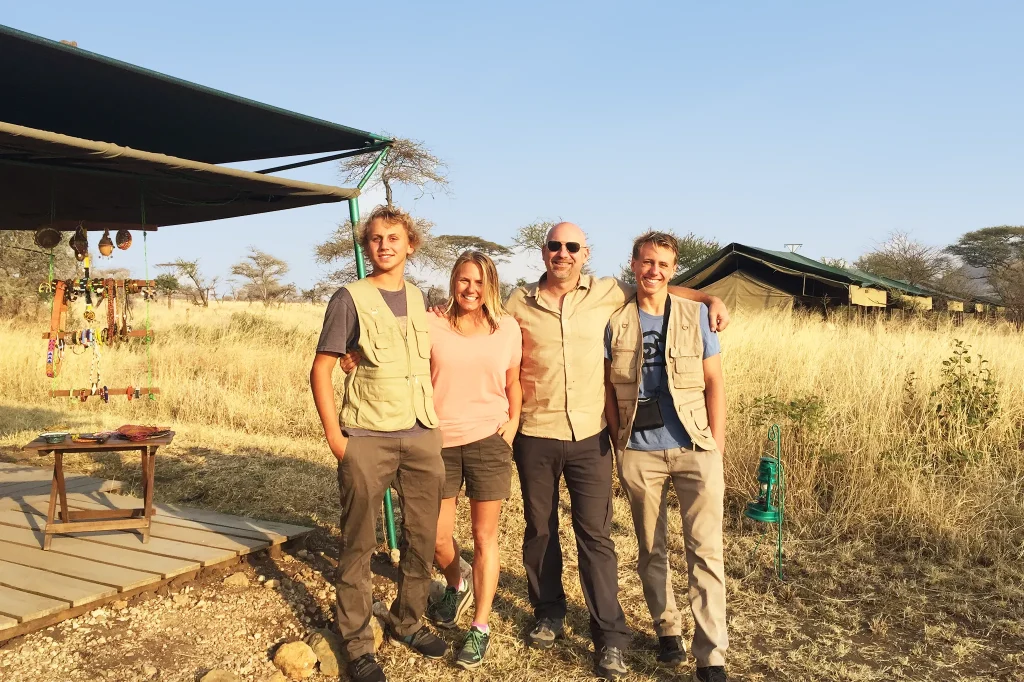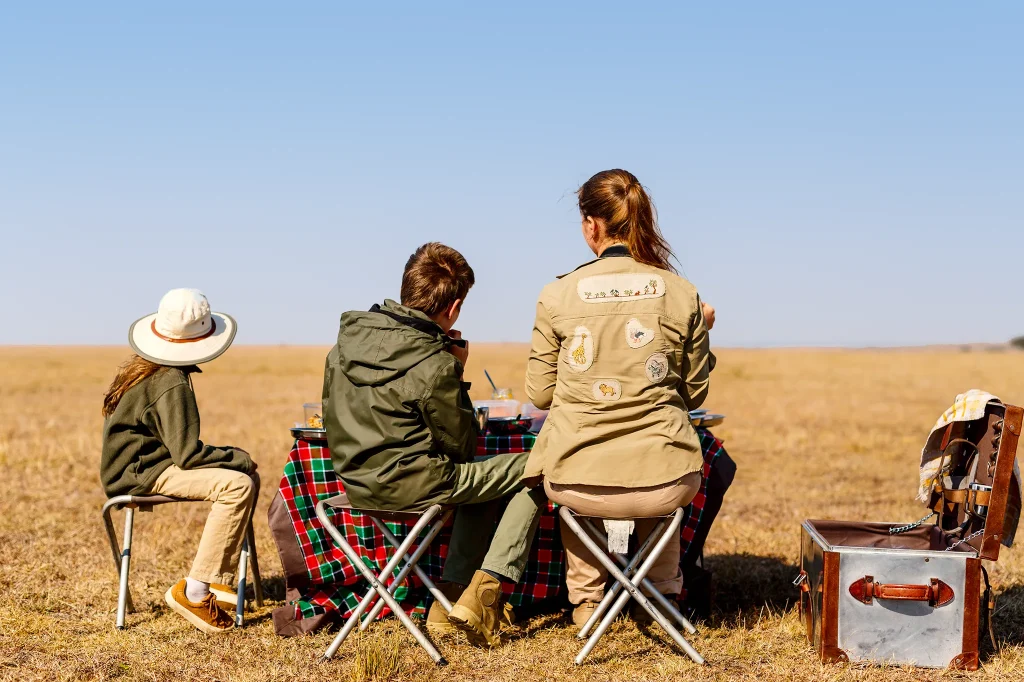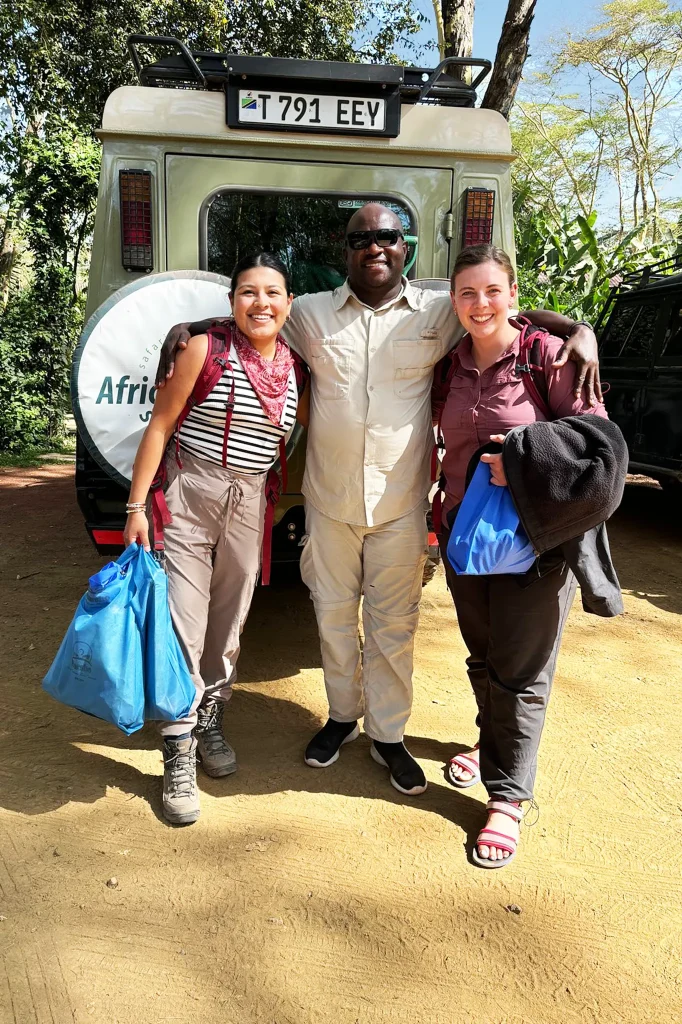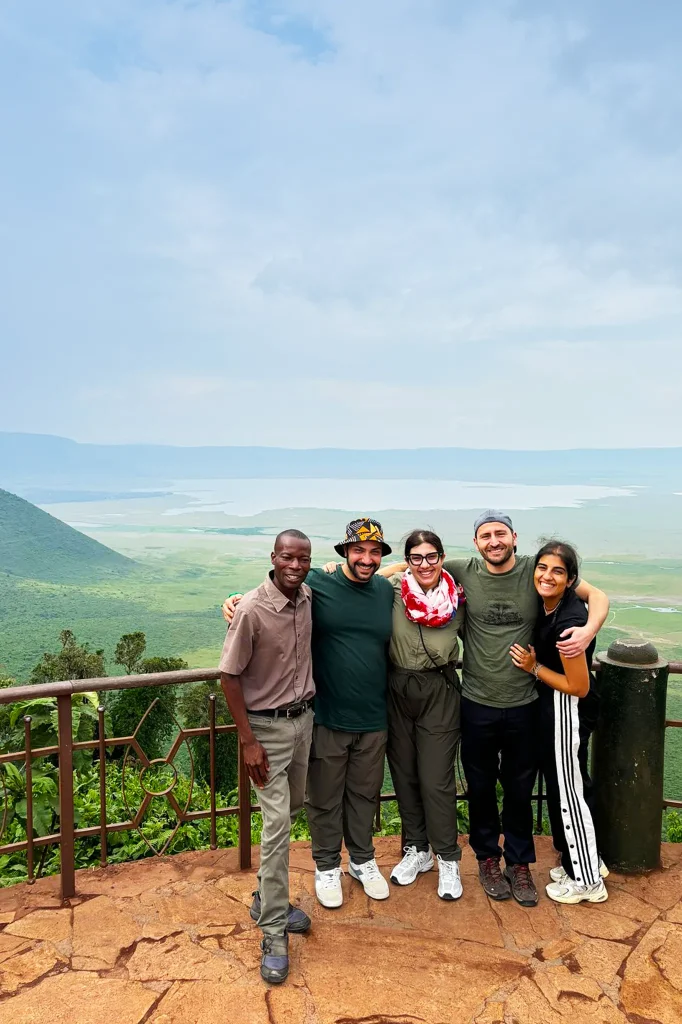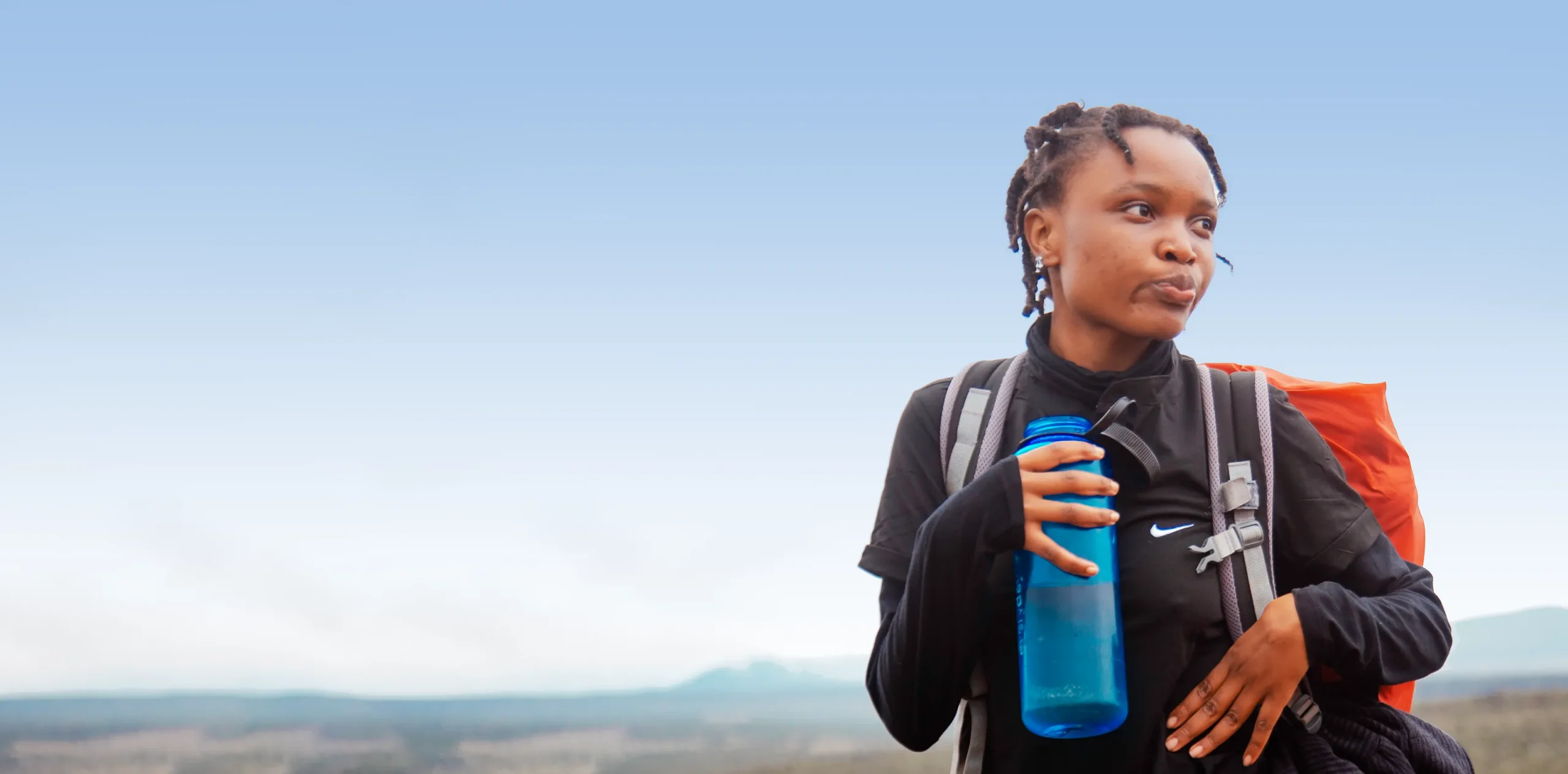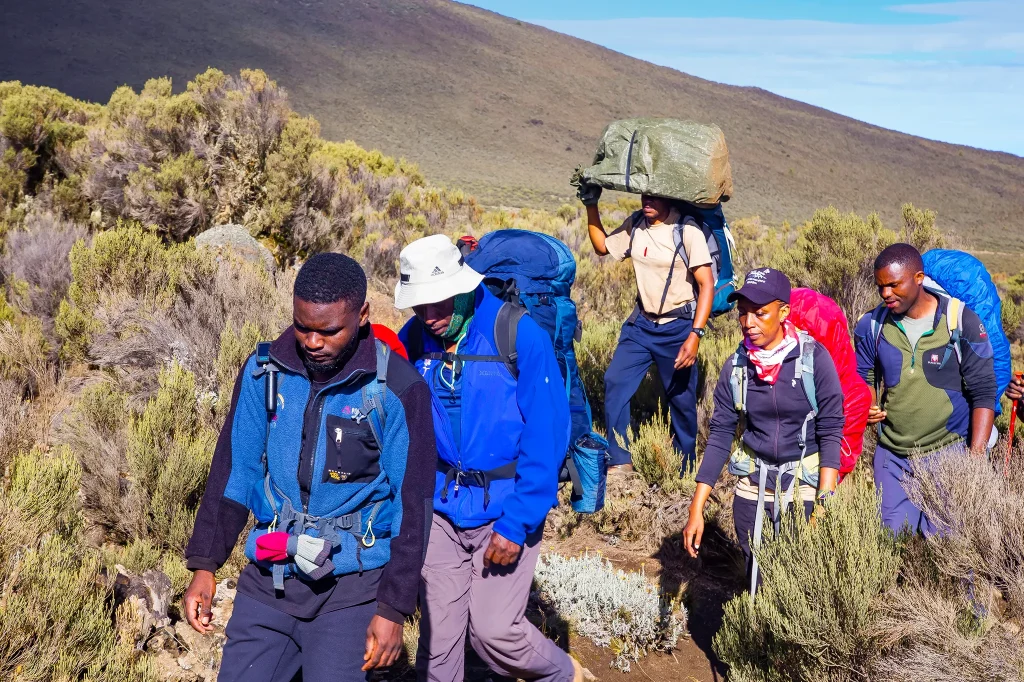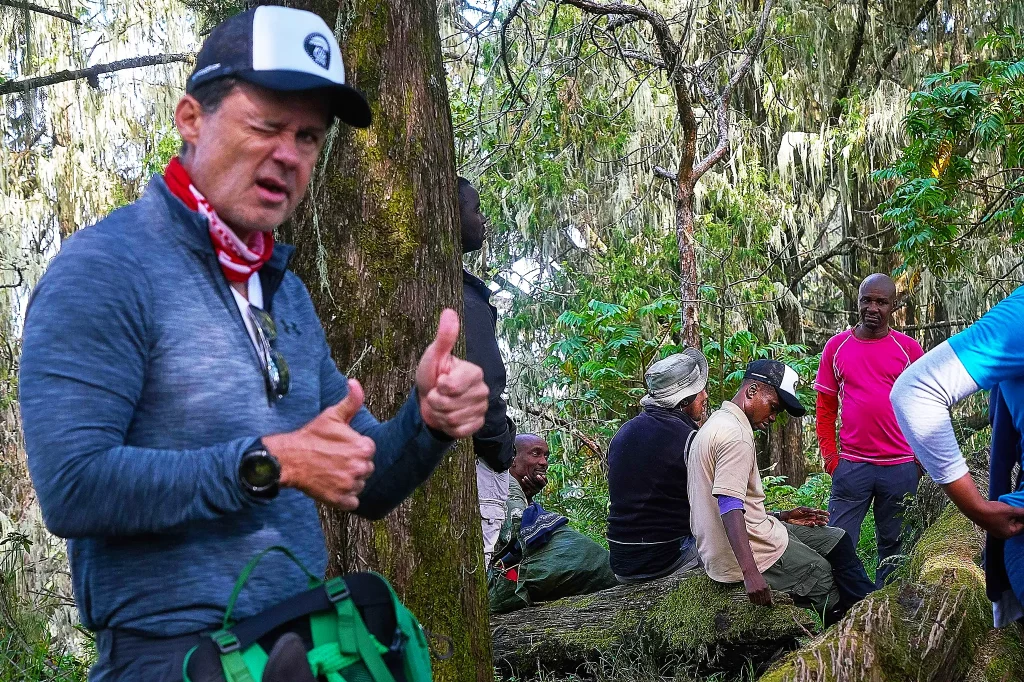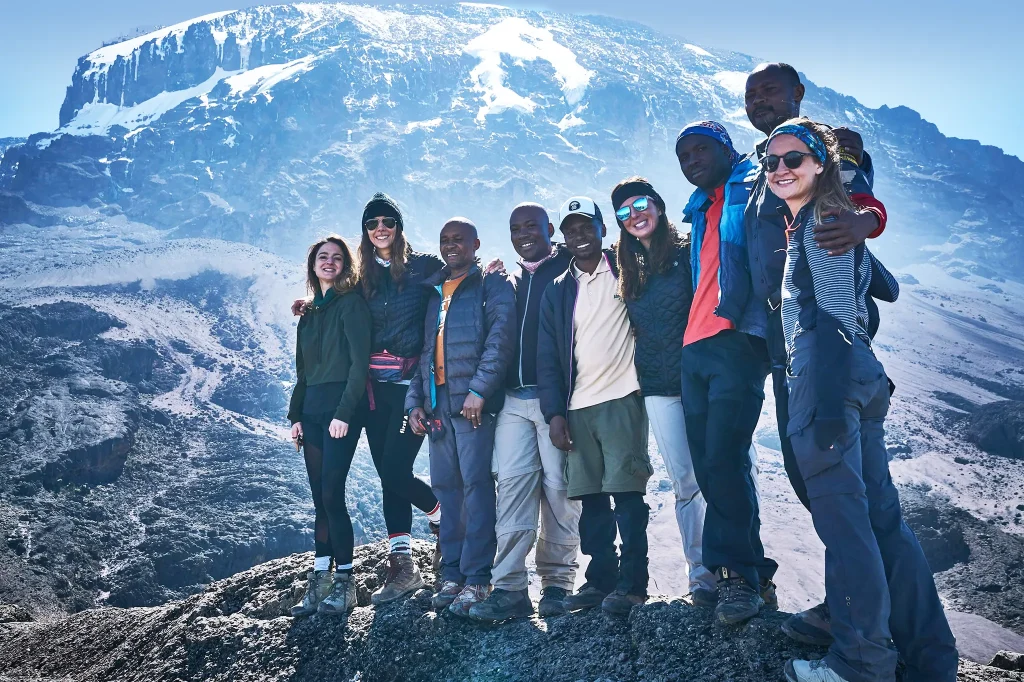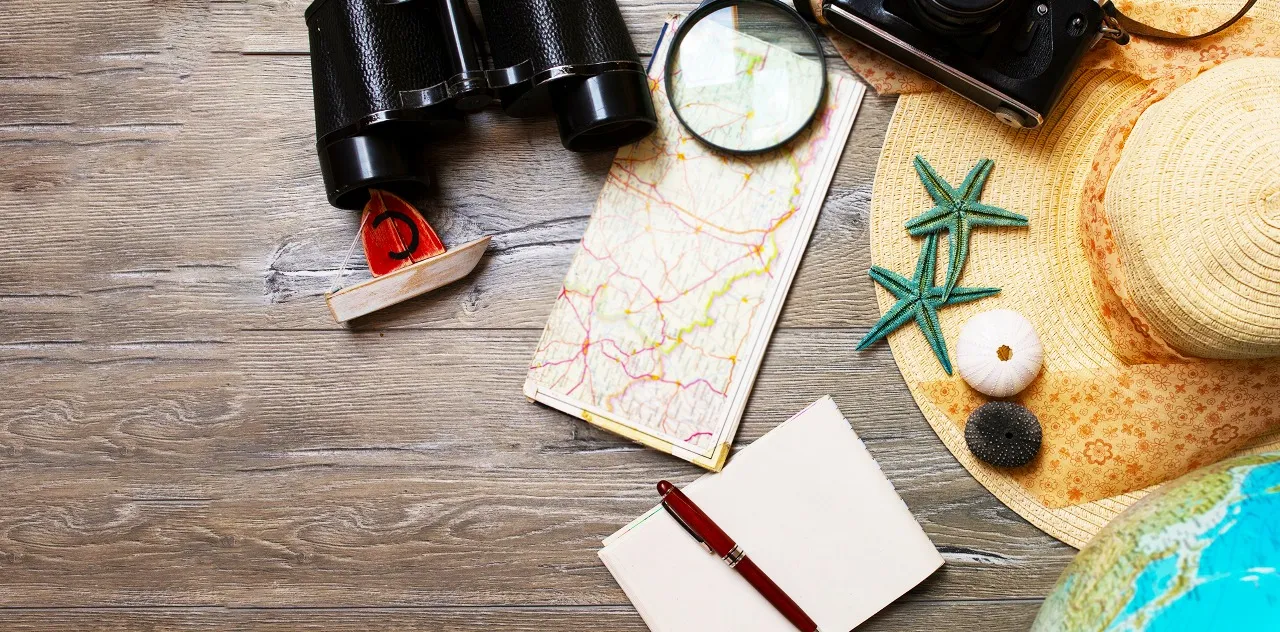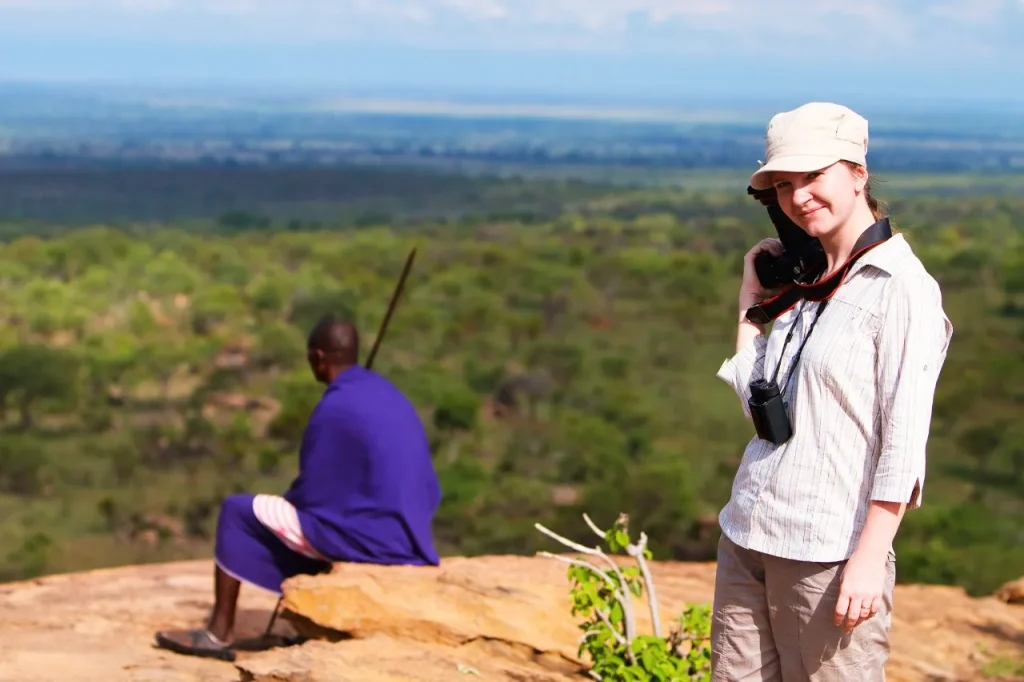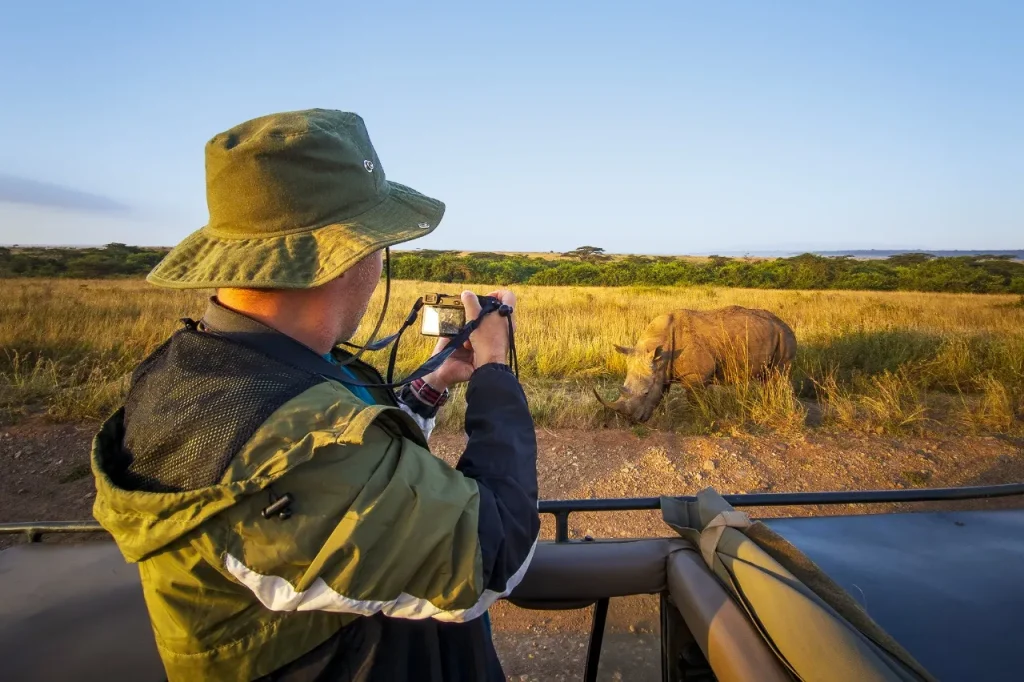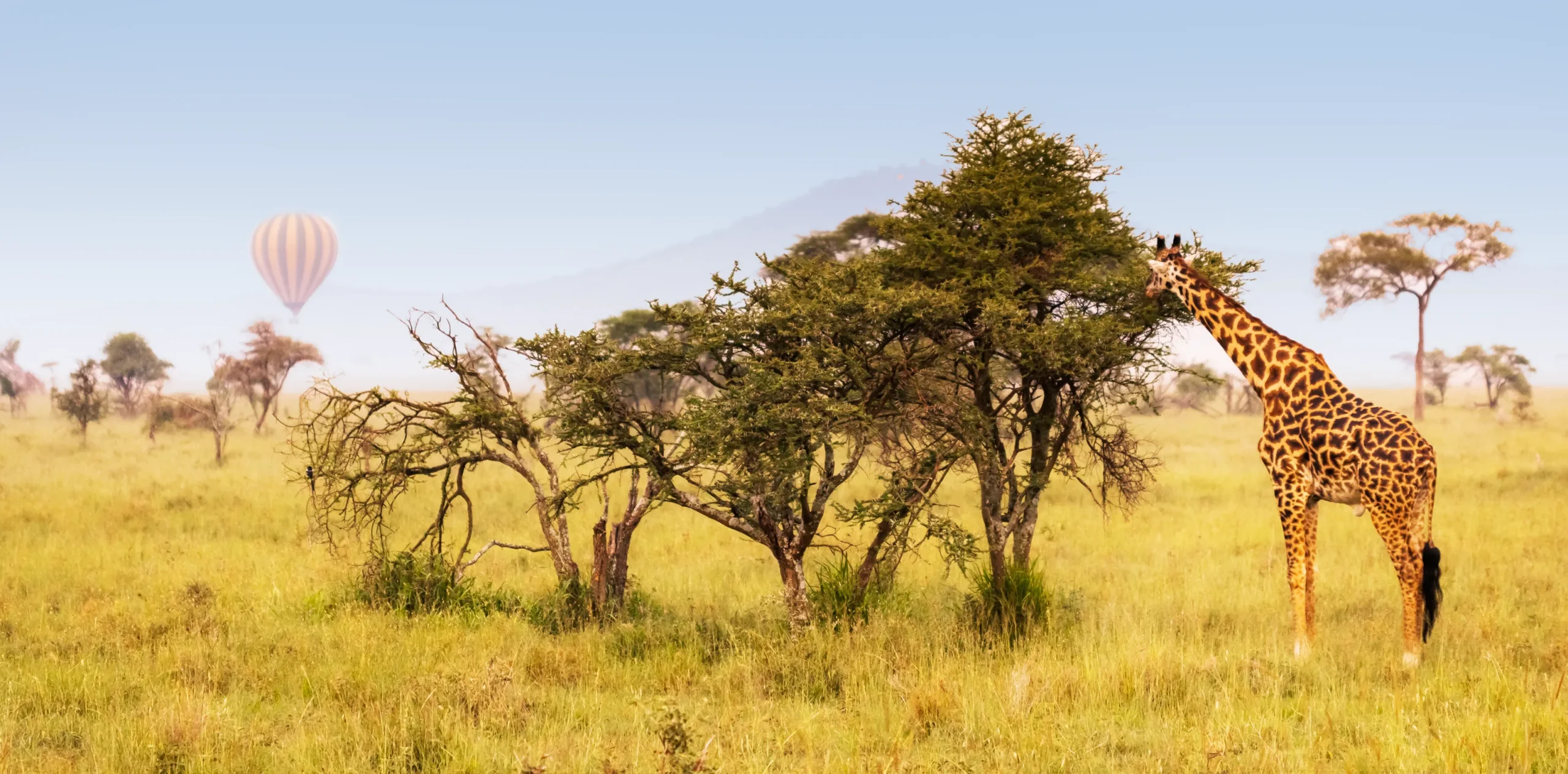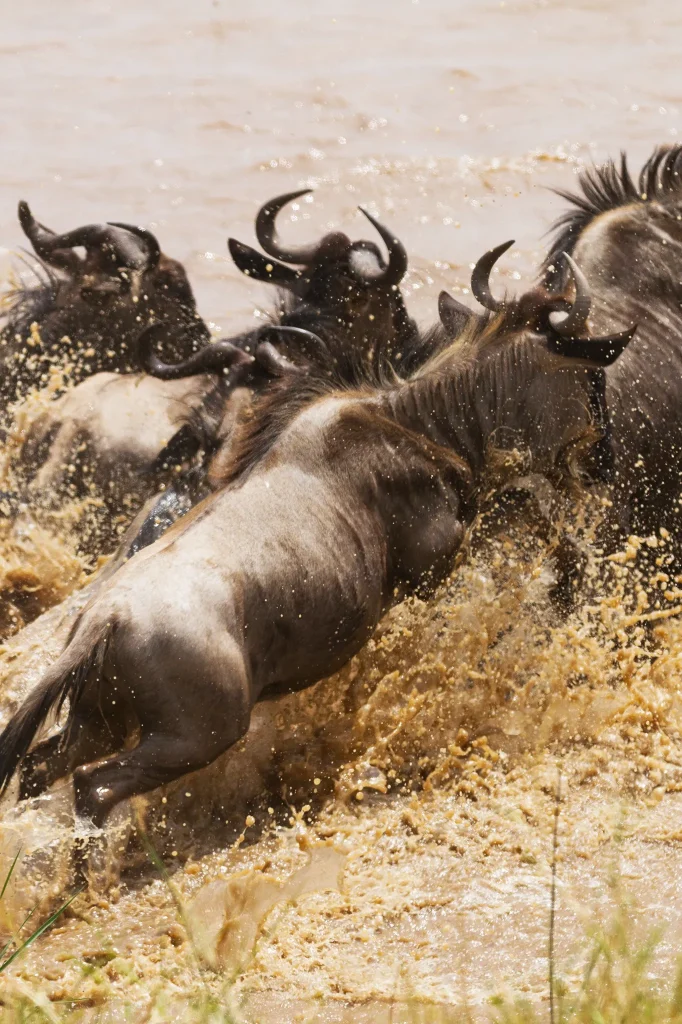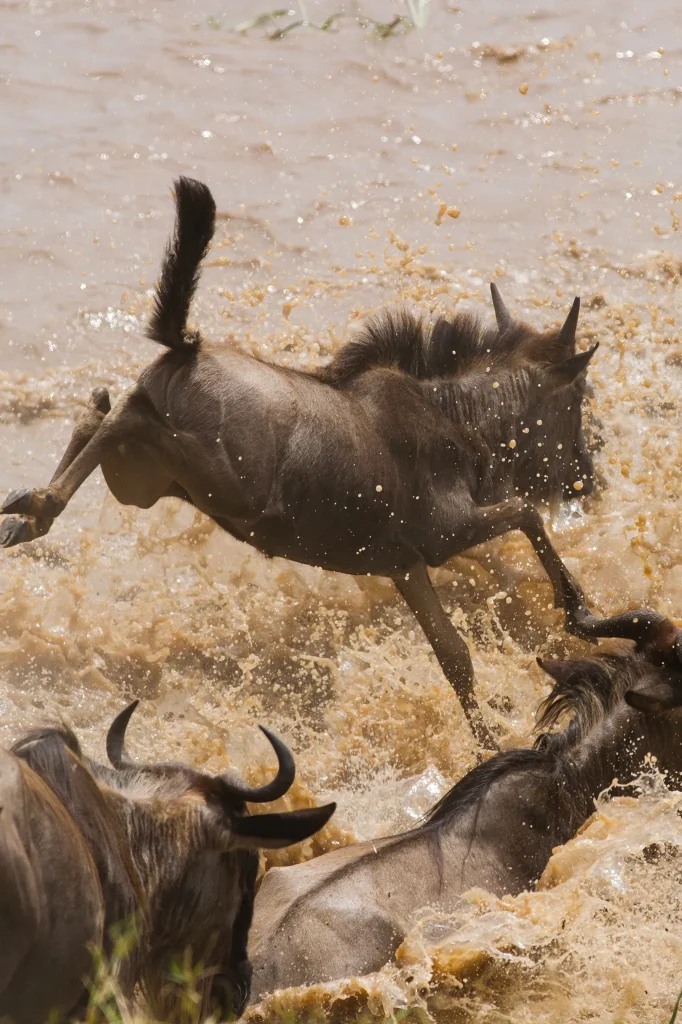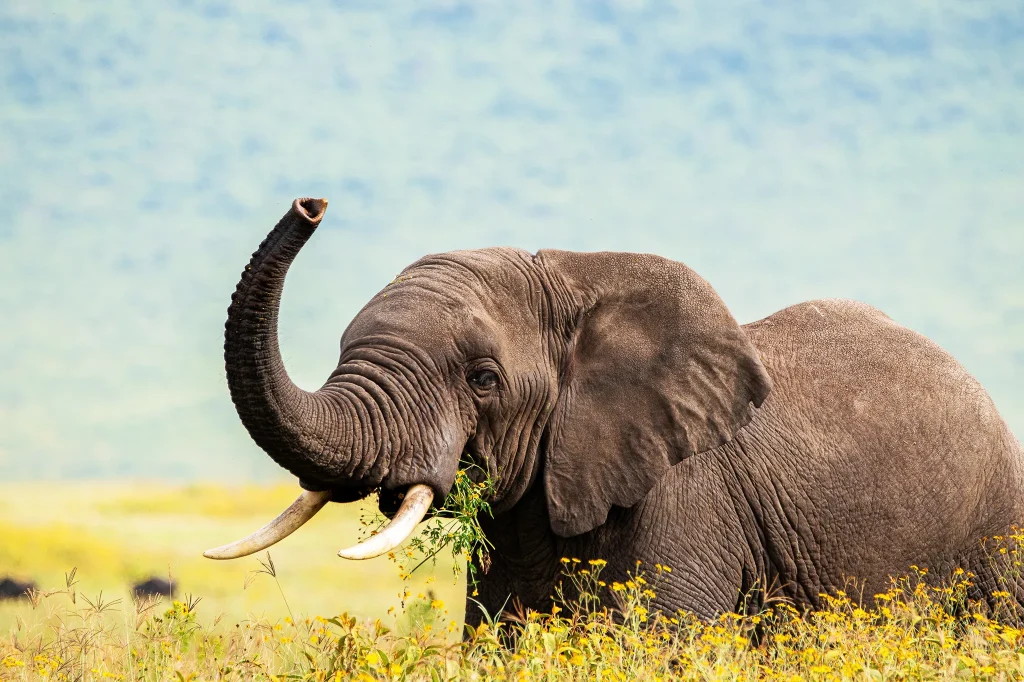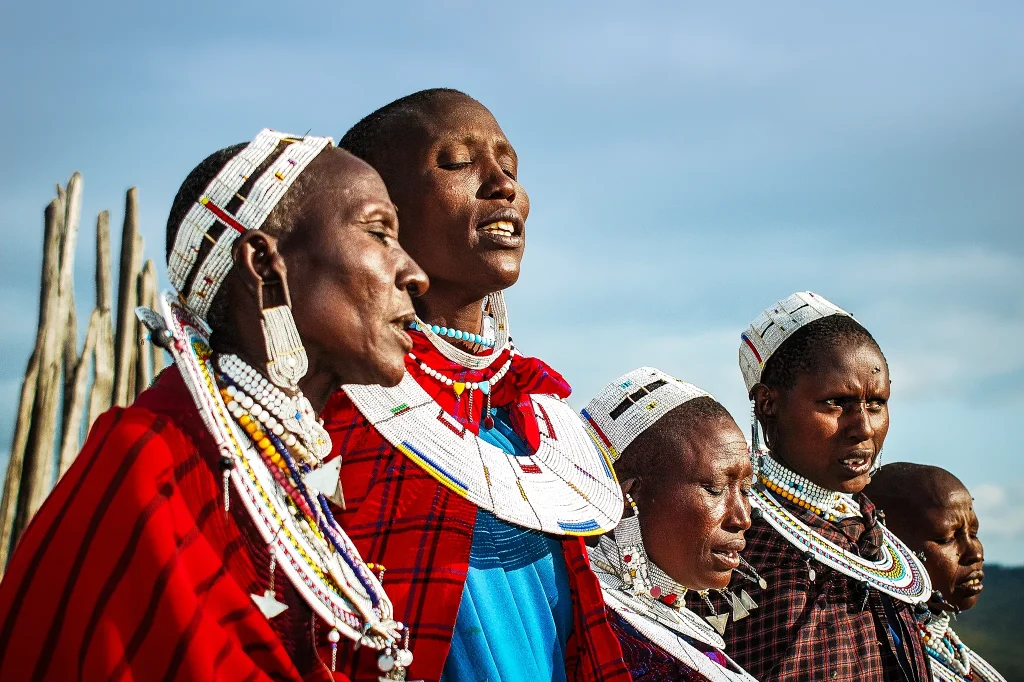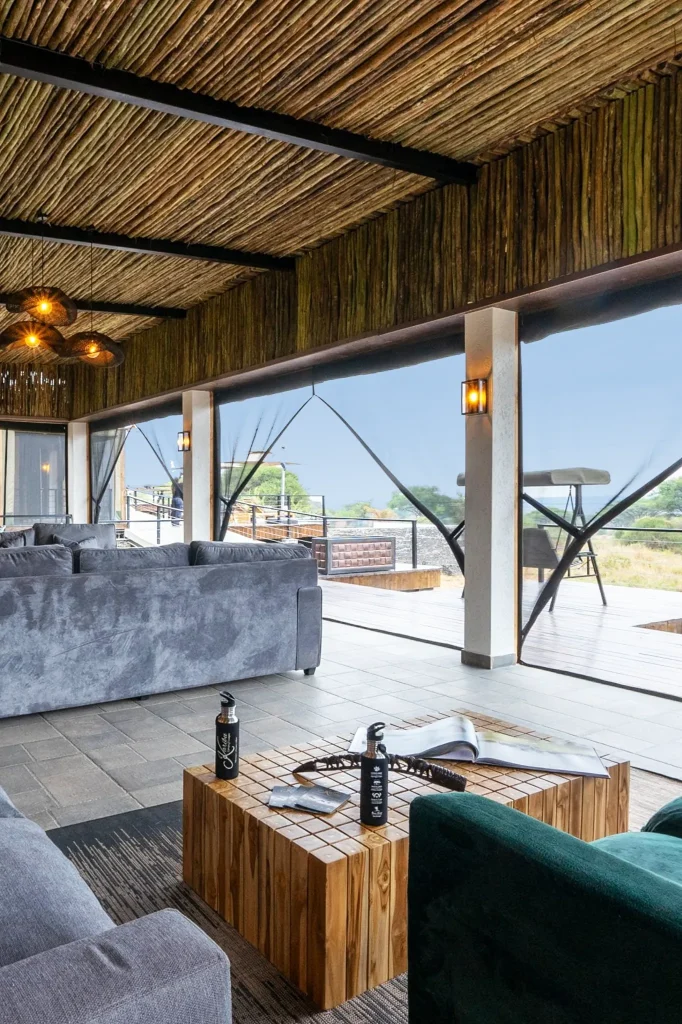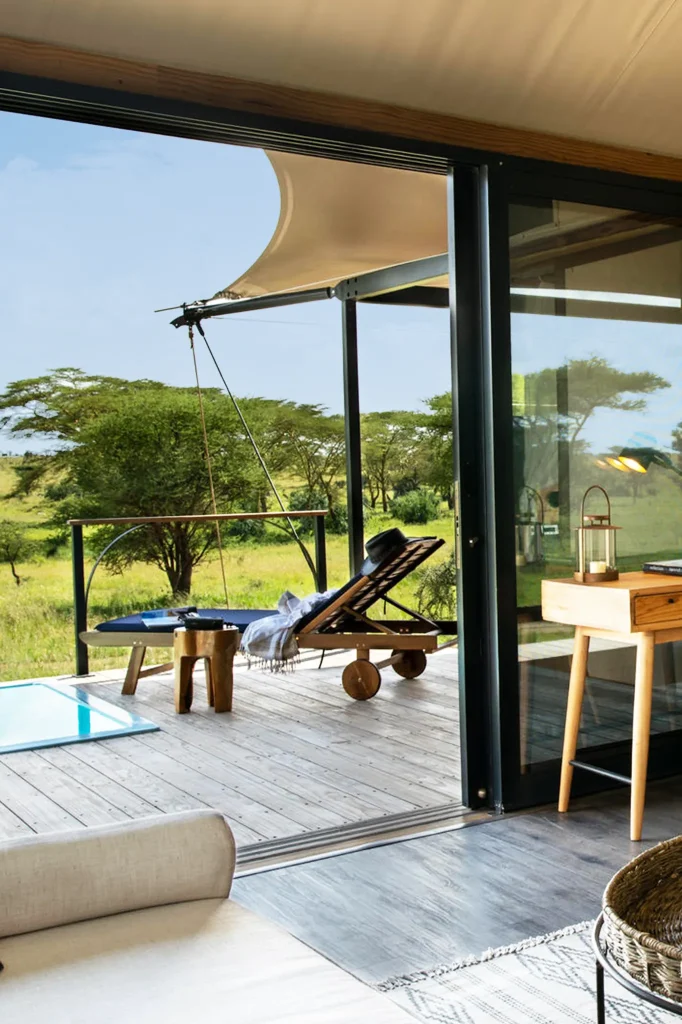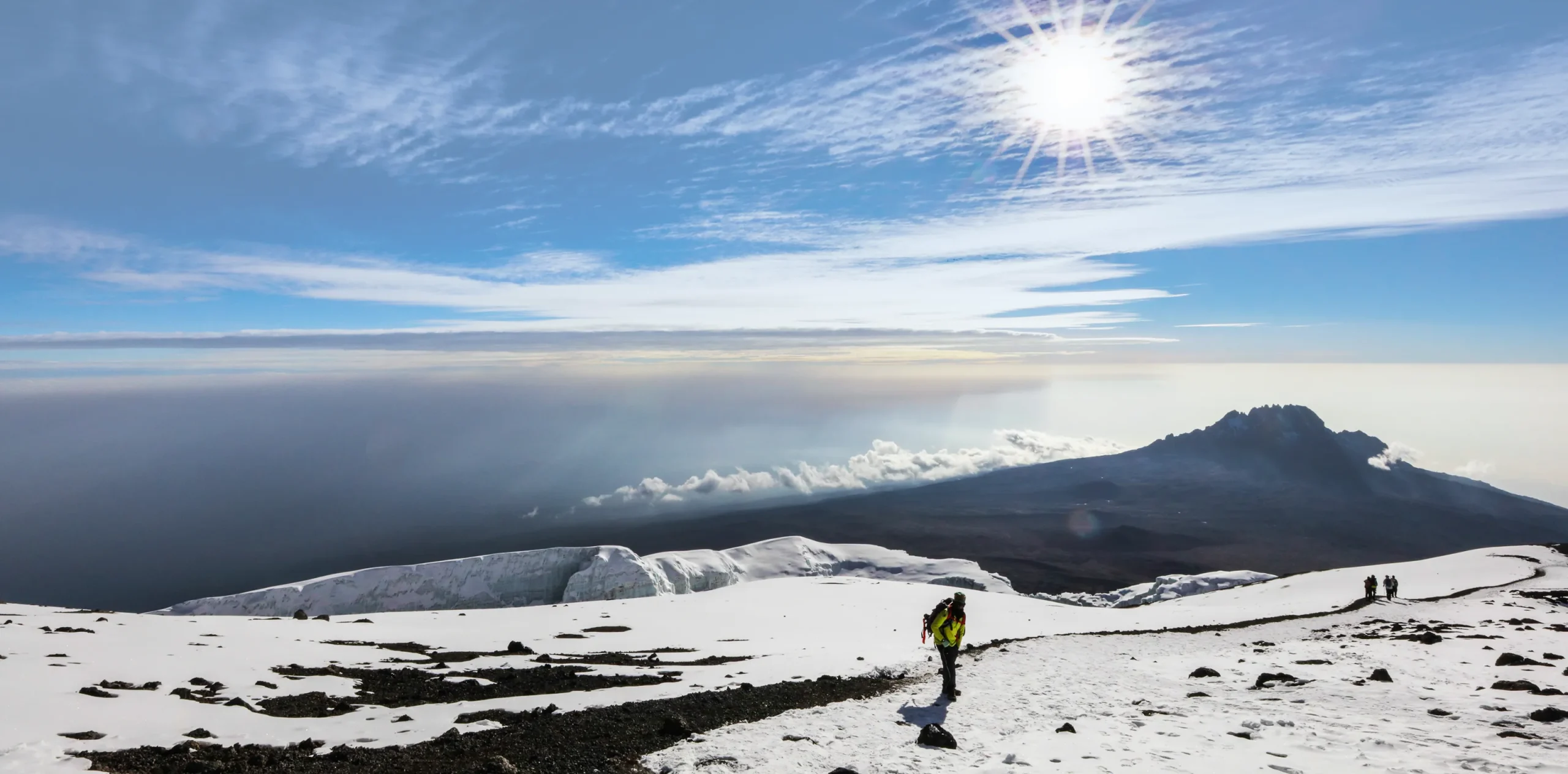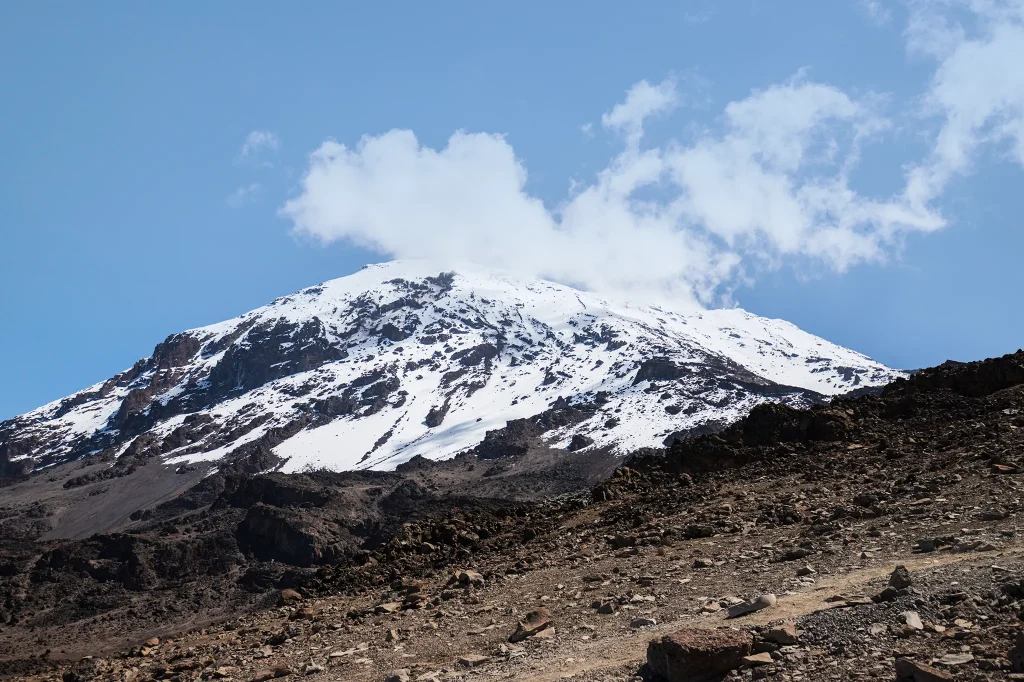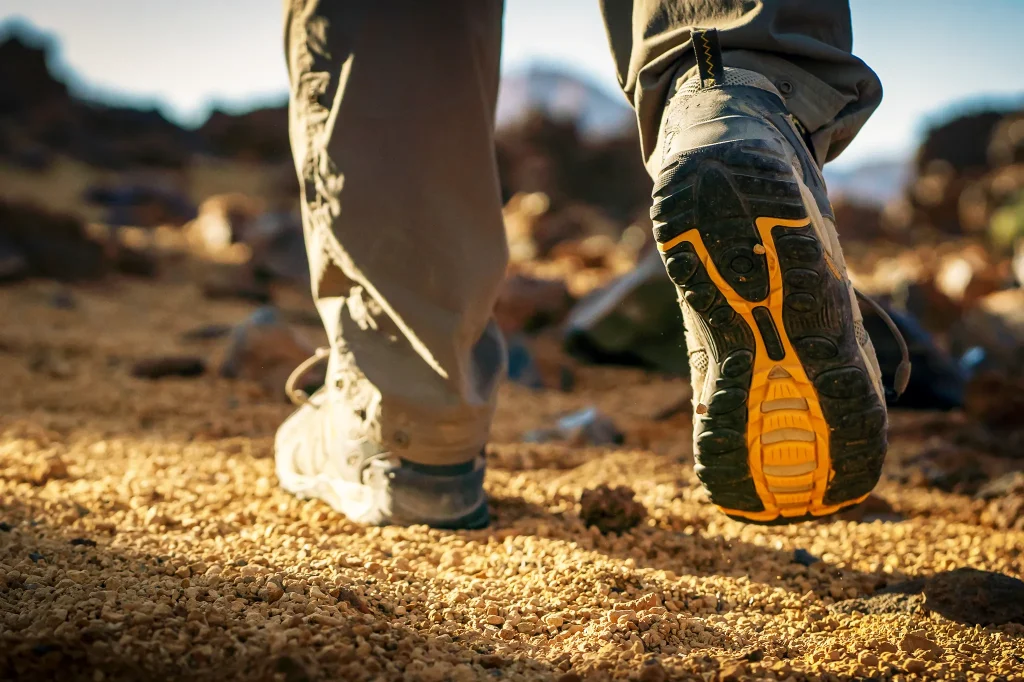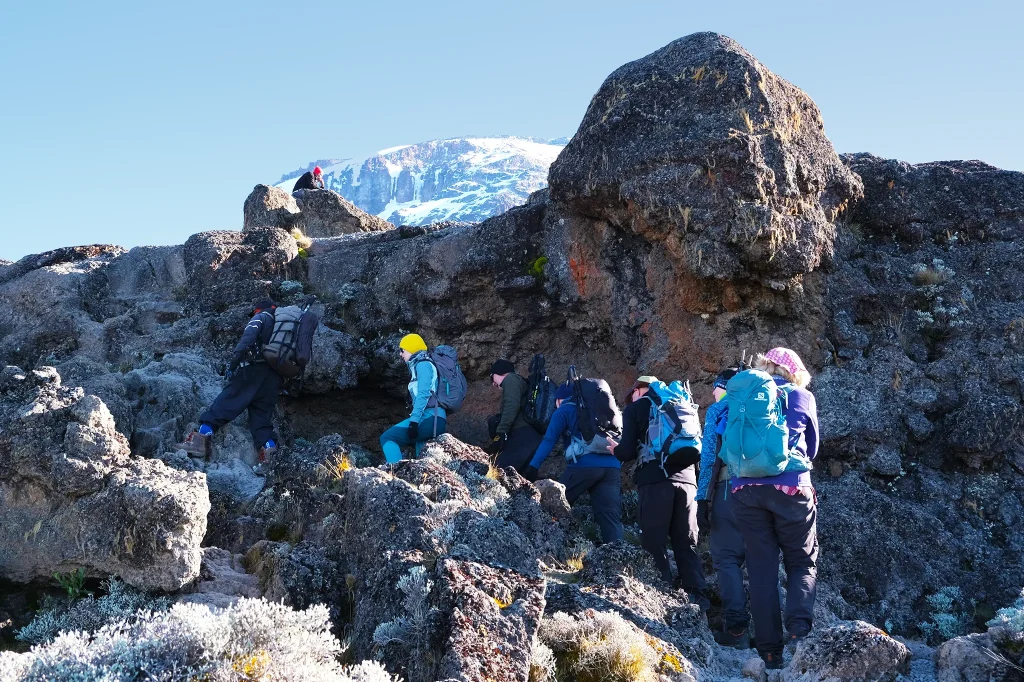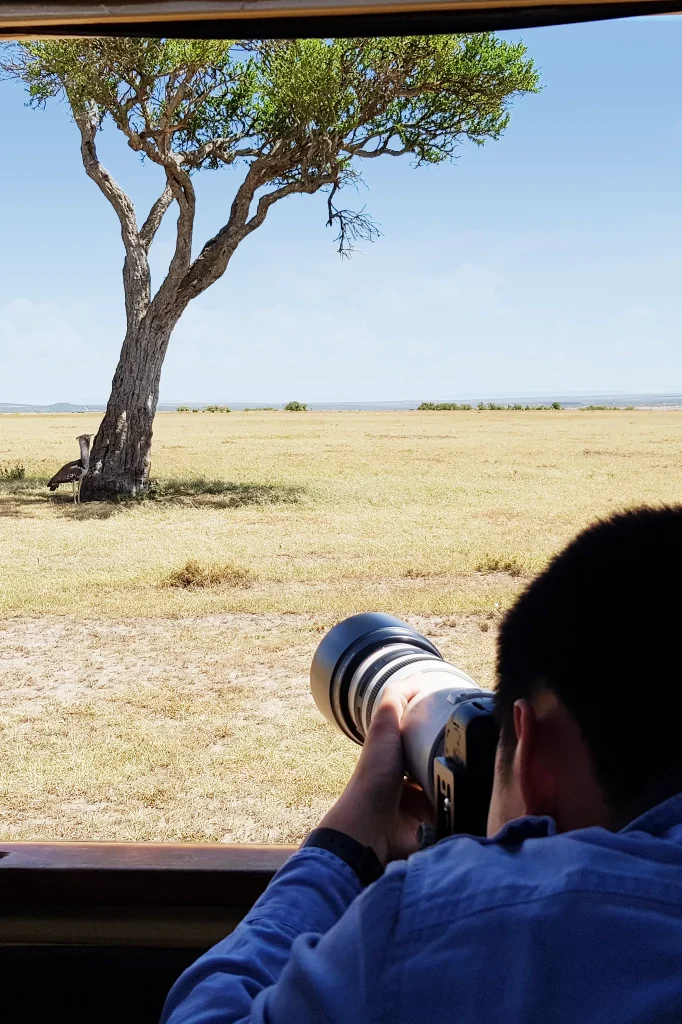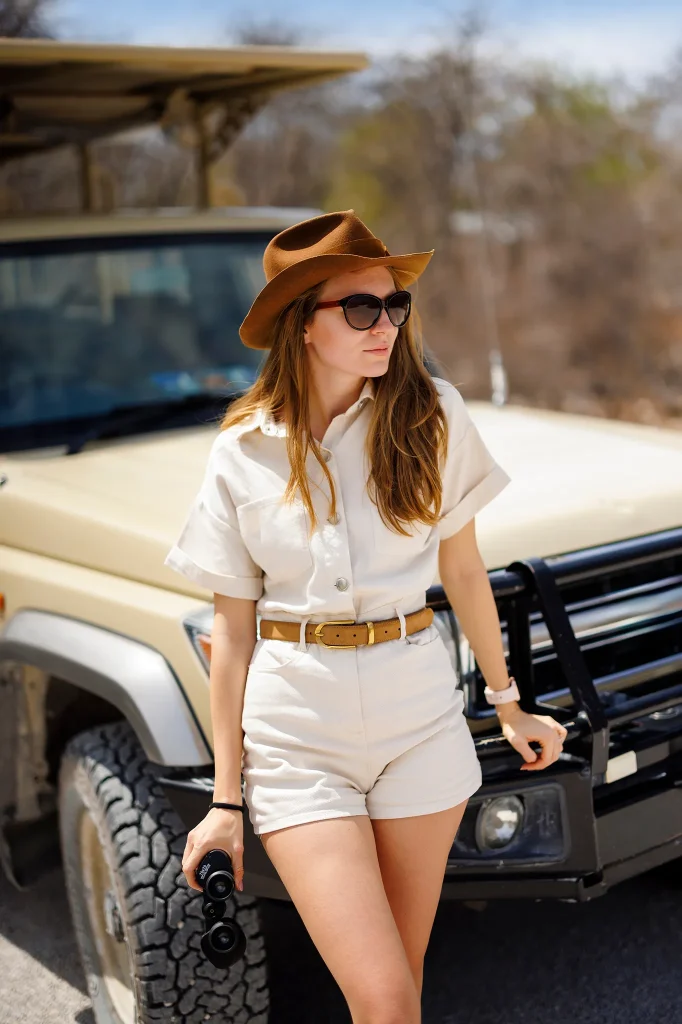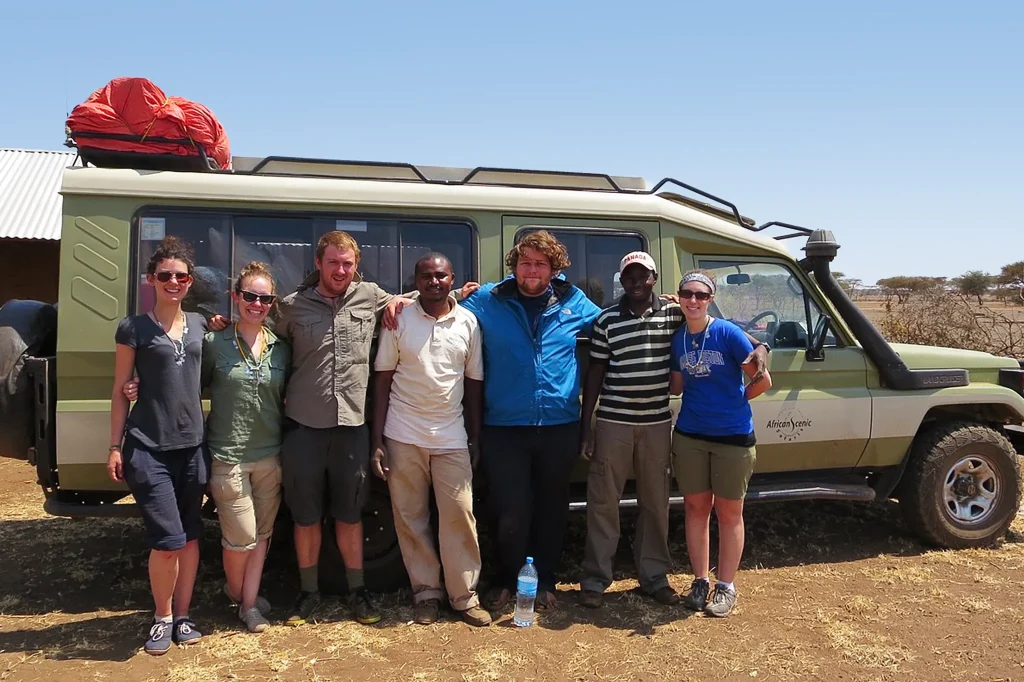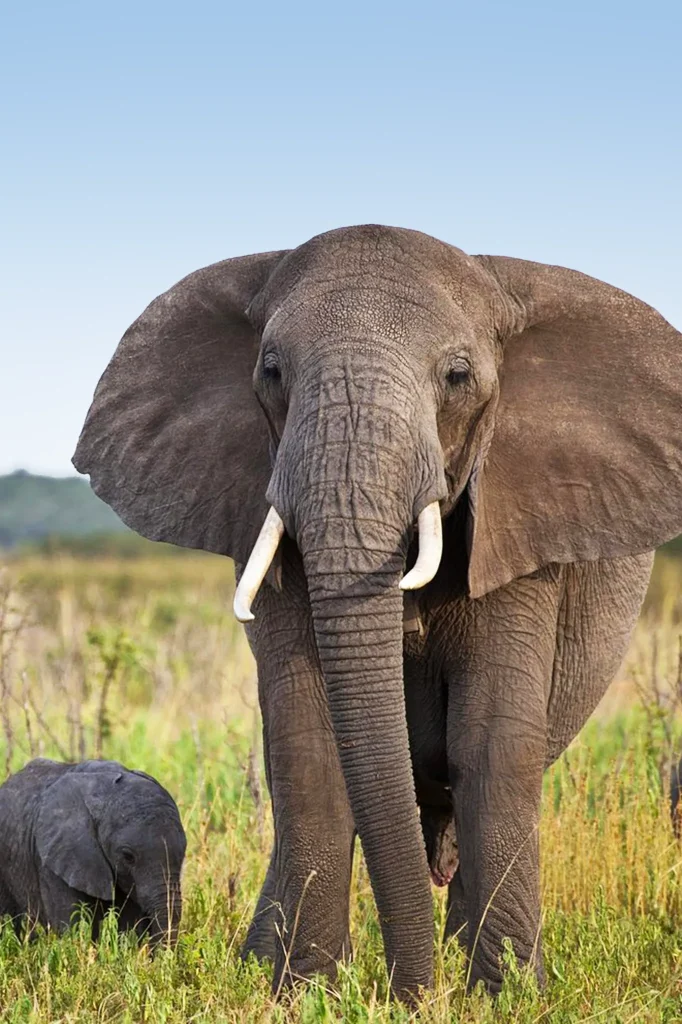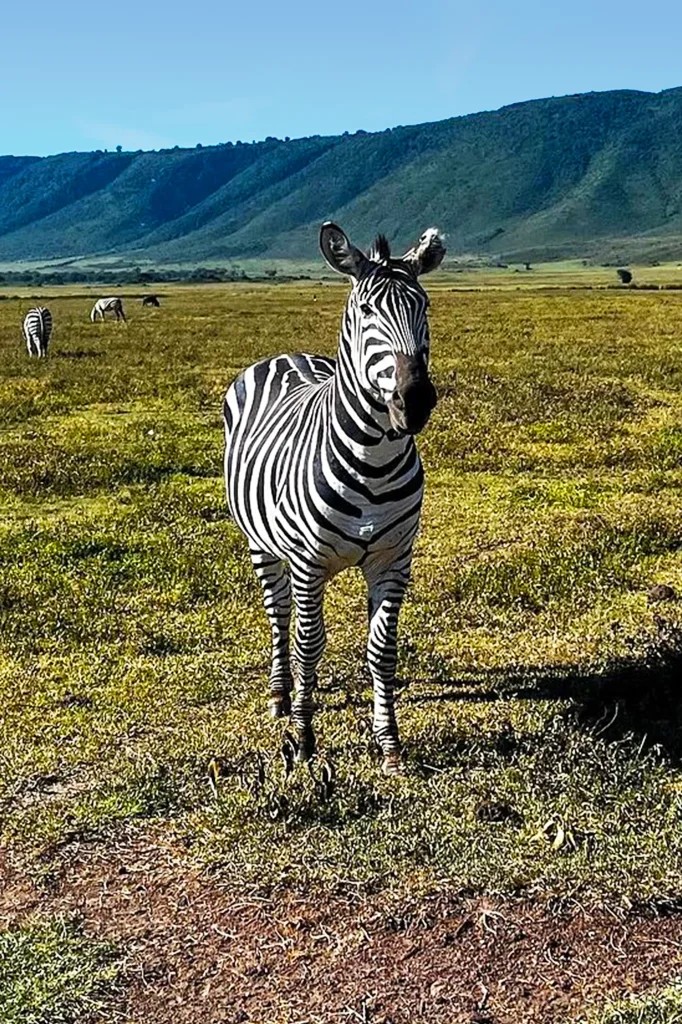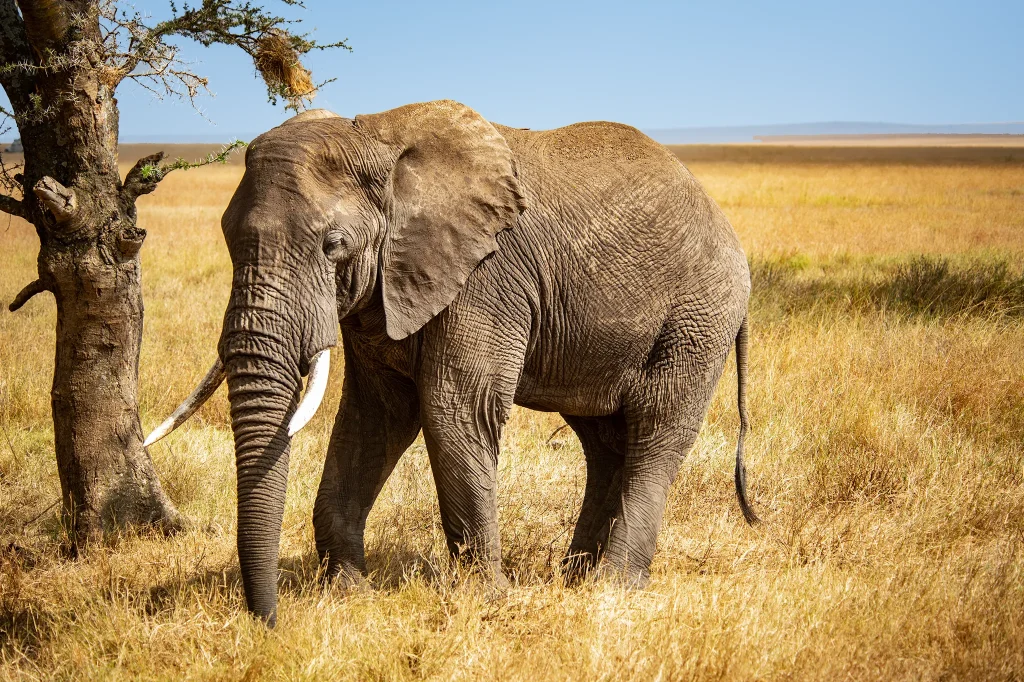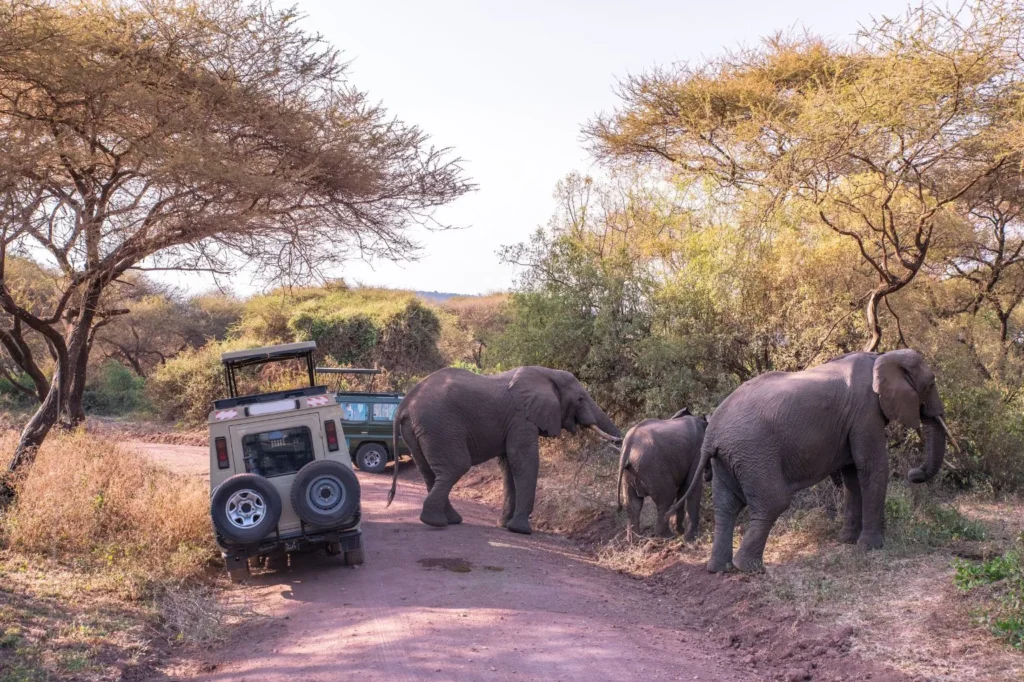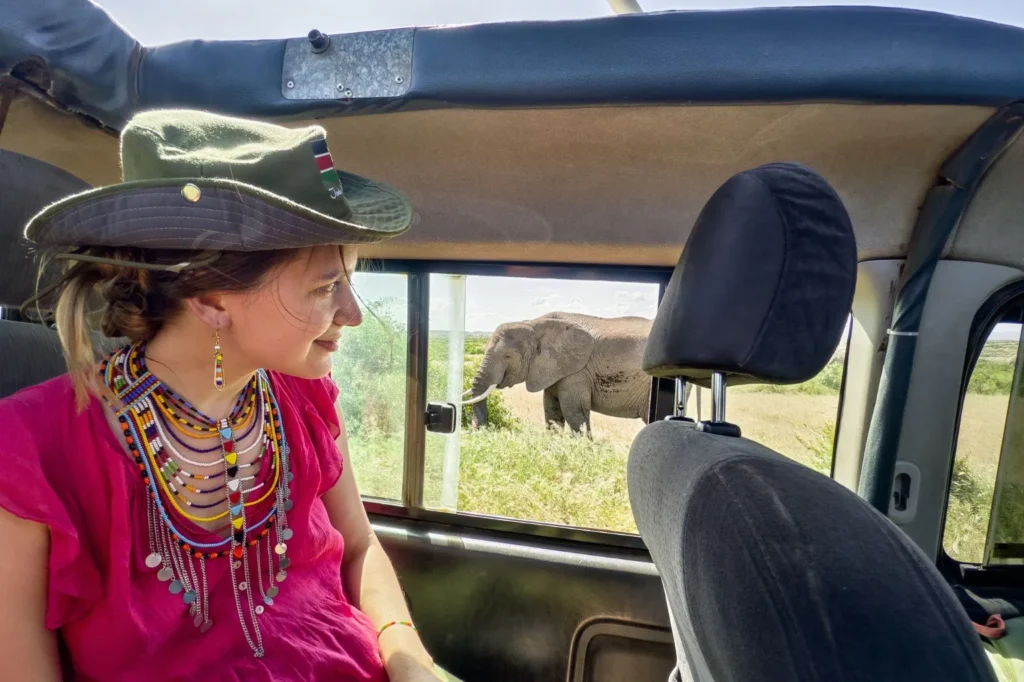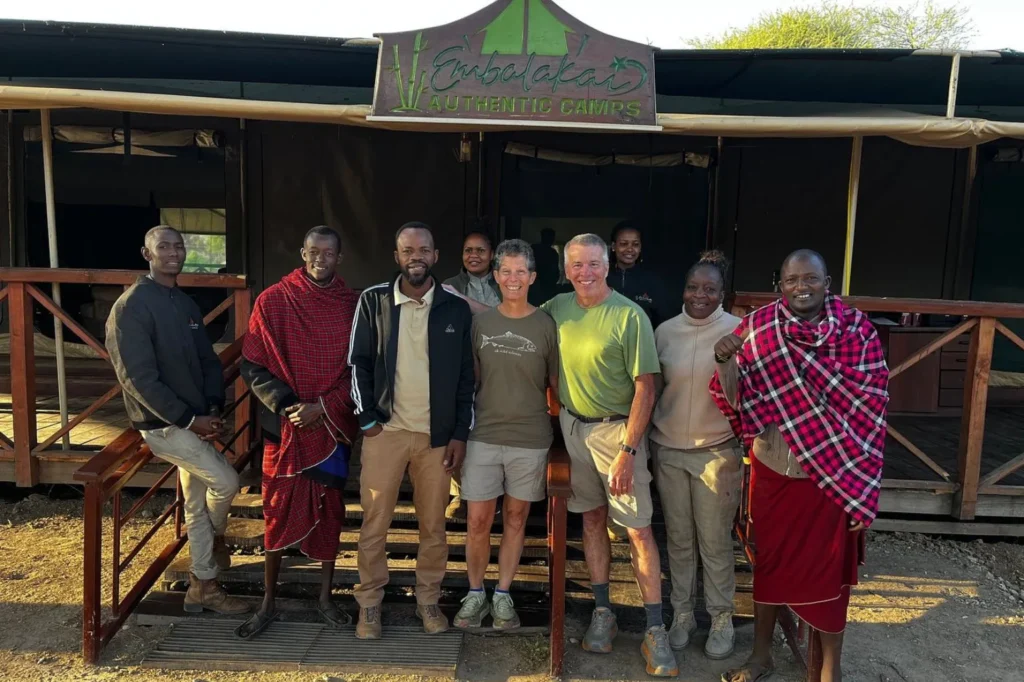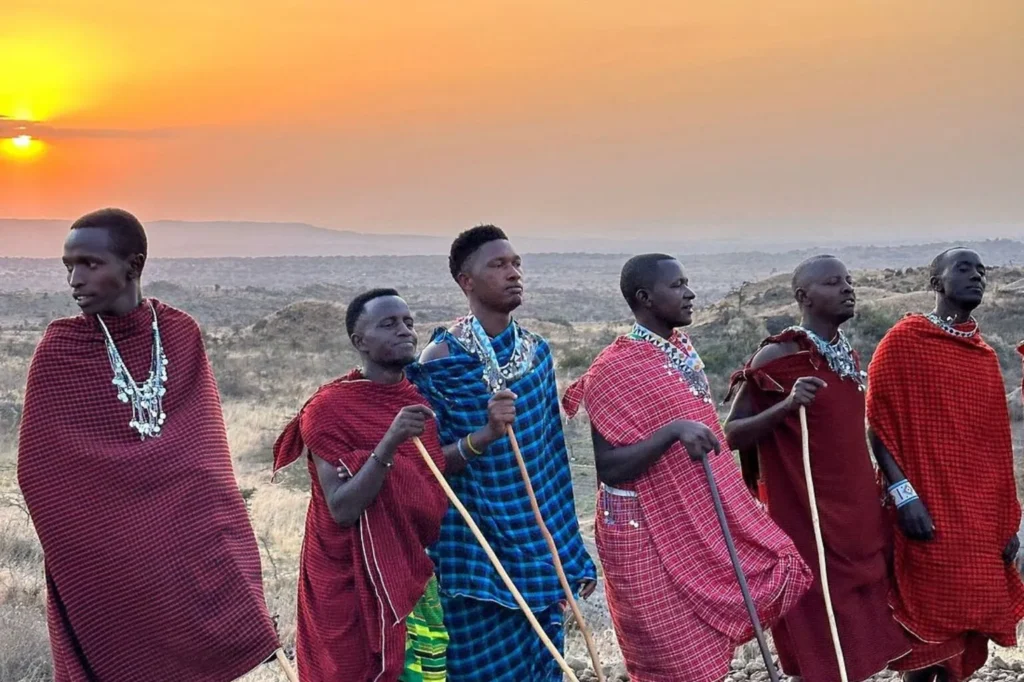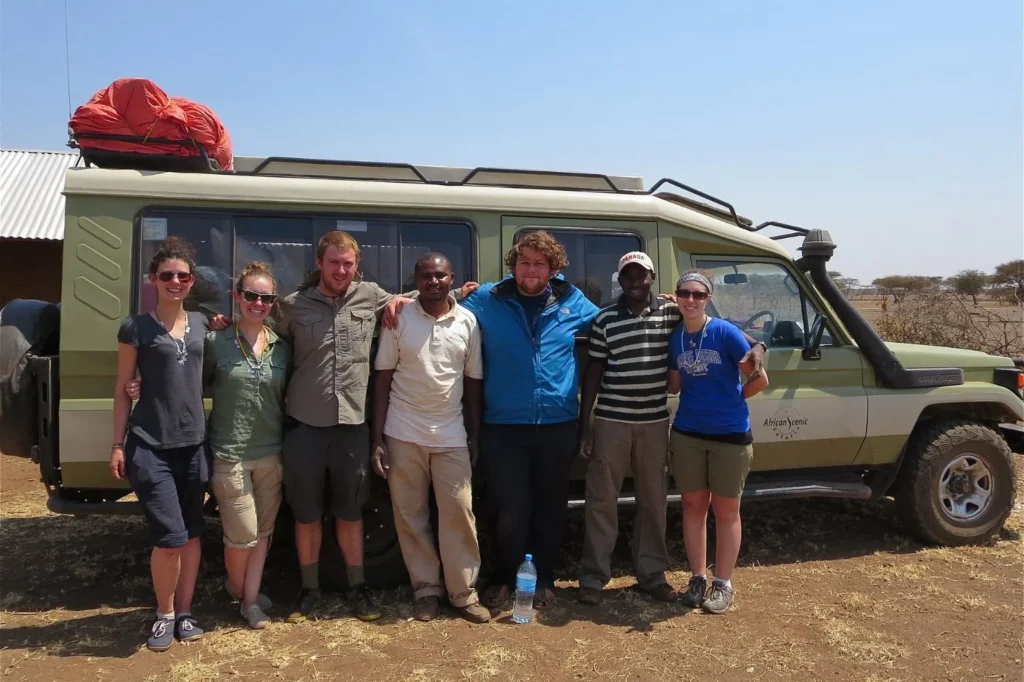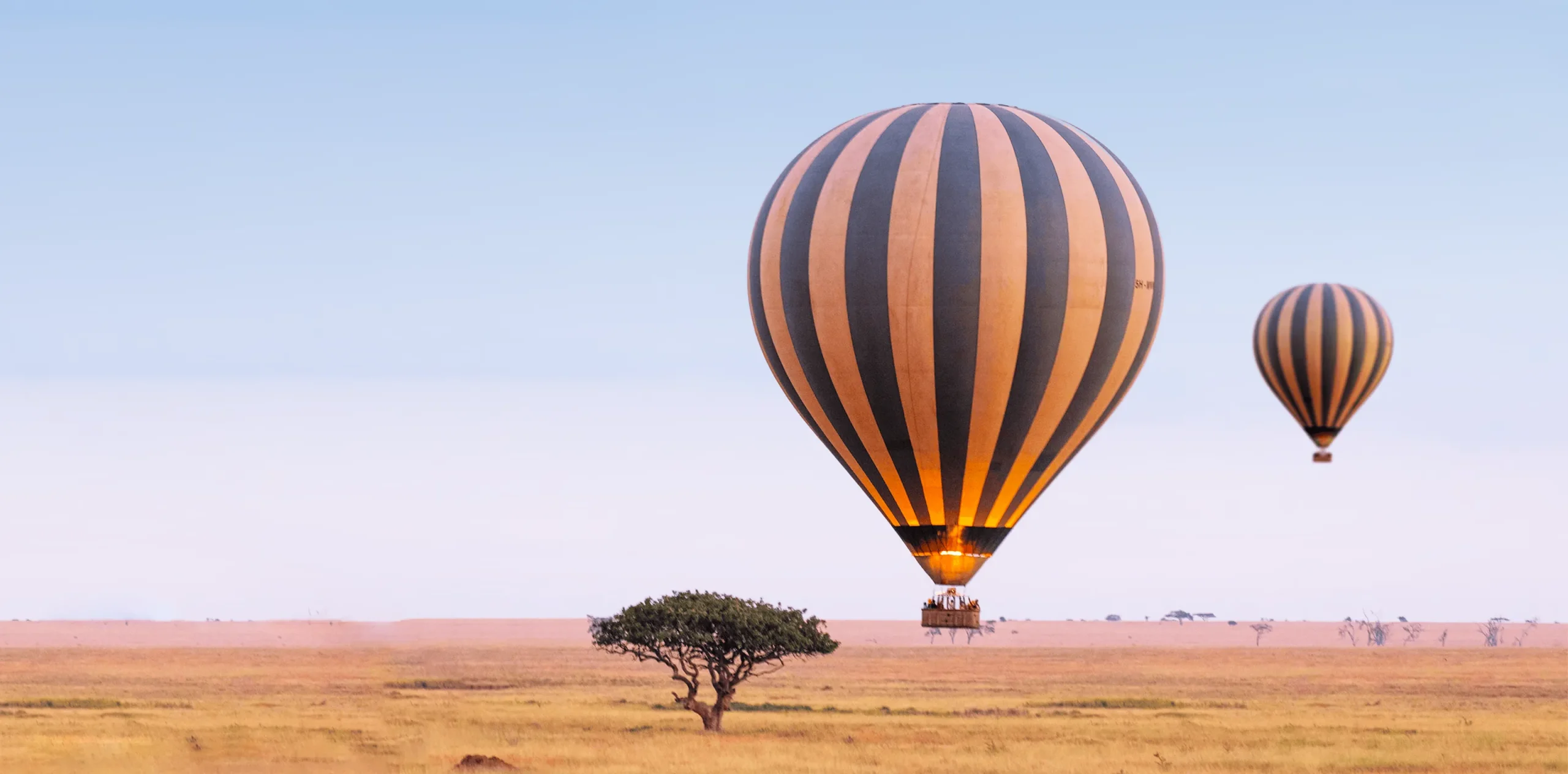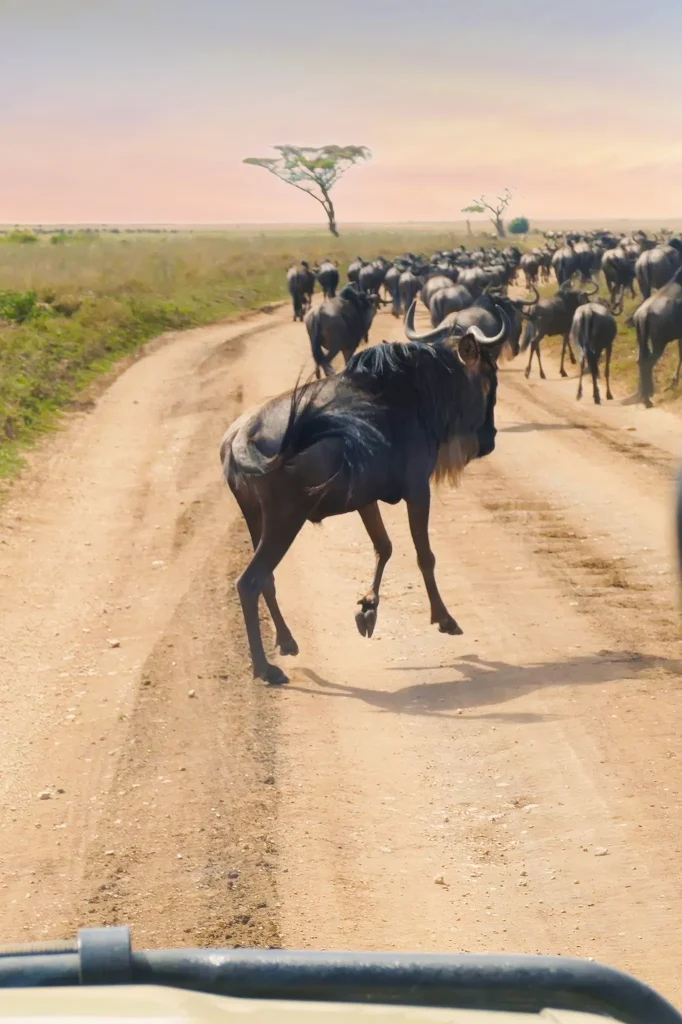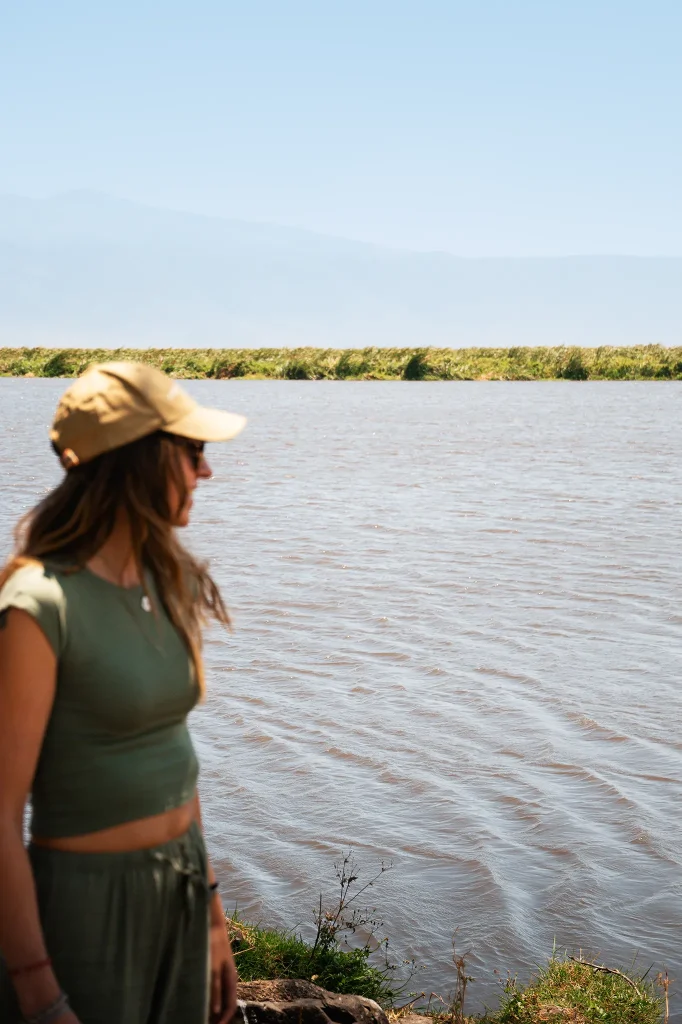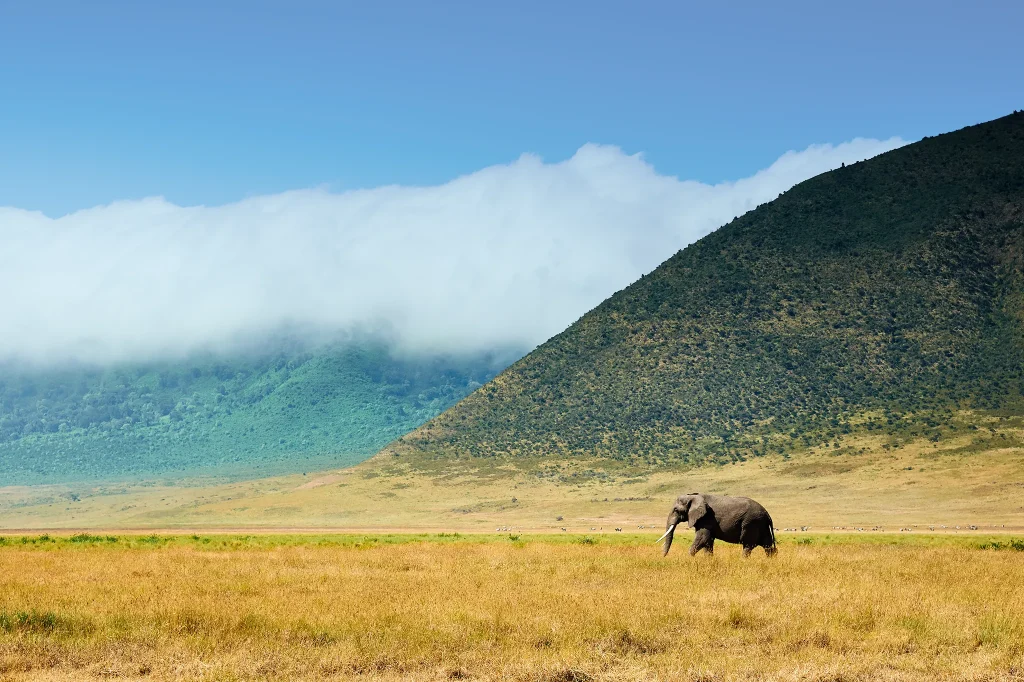The Northern Circuit Route is the longest and newest route up Mount Kilimanjaro, taking 9-10 days to complete. It attracts thousands of adventure seekers and trekking enthusiasts each year. The route takes hikers through diverse landscapes, from dense rainforests to arctic-like terrain, offering stunning views.
However, one must pack the right gear and clothing to fully enjoy and conquer this epic journey. Below, we will provide you with a comprehensive guide on how to pack for the Northern Circuit Route Kilimanjaro.
It covers everything from clothing and sleeping gear to footwear and other miscellaneous items. Whether you’re a seasoned hiker or a first-time trekker, this Kilimanjaro Packing List will help you prepare for the trek of a lifetime.
Clothing And Footwear for The Northern Circuit Route
Mount Kilimanjaro has its micro-climate above the cloud levels and this climate is extremely cold and variable. Throughout your trek, you’ll be exposed to the natural elements and your body will experience a range of different temperatures. This will vary from 18 Celsius in the rainforest zone to -5 Celsius at higher altitudes.
So, having the right clothing when climbing via Northern Circuit Route on Kilimanjaro will be essential. The trick is to use multiple layers that you can add on to or remove as the conditions vary. And, because the Northern Circuit has an itinerary of 9 days, you will need to bring more layers than is typical.
Packing for the Northern Circuit Route up Mount Kilimanjaro
| LAYER (S) | DESCRIPTION |
| Windproof Jacket and Trousers | A breathable outer shell layer is advised. This will help wick out any moisture and will keep you dry. |
| Mid Layer Fleece or Jacket | This layer will go over your shirt and under the jacket. |
| Down Jacket | Recommended during the night of the summit and evenings. |
| Base Layer | They add a crucial warm layer on cold evenings and during the summit night. |
| Trekking Trousers | A couple of pairs of quick-dry trousers will be a major plus. |
| Underwear | A pair of clean underwear for every day on the mountain is highly advised. |
| Insulated Gloves | You can’t go wrong by choosing fleece gloves that have a waterproof outer layer. |
Equally as important as clothing is looking after your feet while Climbing Mount Kilimanjaro Routes. The right preparation will save you from a lot of unwanted troubles like blisters and pain. Remember to cut your nails properly before your trek and keep your feet dry.
We recommend a sturdy, waterproof pair of trekking boots and a few pairs of socks. A talcum powder for your feet is also highly advised, though do remember to wash it off at the rest stops.
Sleeping Equipment
This is one of the major components to keep in mind when on the Northern Circuit Route Kilimanjaro. You need to be fully refreshed for the following days on the mountain.
And, for this, you need the most comfortable sleeping equipment. Though it can be hard to gauge what the right supplies are. So, for your convenience, below are some of our recommendations:
| EQUIPMENT | DESCRIPTION |
| Sleeping Bag | A soft and comfortable sleeping bag will go a long way to make your nights on the mountain cosy. |
| Sleeping Mats/Pads | These are not fully required, but are a good choice if you want some added insulation for your bag. |
| Travel Pillow | A small and soft pillow is highly advised because who wants to use clothes as a headrest? |
| Sleeping Clothes | Thermals will combine well with your sleeping bag. Lightweight clothing is the way to go at night on the mountain. |
| Liner for the Bag | A cotton or silk liner is recommended for extra warmth. |
Backpack And Daypack for The Northern Circuit Route
This is probably the most important gear for your Kilimanjaro Climb on the Northern Circuit Route. Do remember to keep the weight of your bag below 15 kg. You won’t have to worry about lugging your bags up the mountain because porters will help you with this. Below are some backpack and daypack recommendations for the Kilimanjaro Northern Circuit Route:
| ELEMENT(S) | DESCRIPTION |
| Primary Rucksack/Duffel Bag (65-70 litres) | Make sure that your primary backpack doesn’t exceed the weight limit (15 kg). |
| Day Pack (30-40 litres) | This is the bag that you’ll carry every day up the mountain. So, ensure that you have enough space for bottles and spare layers. |
| Waterproof Bag Covers | You can rent these out, but it never hurts to bring your pairs. |
To have the best trekking experience, you can pick one of our handpicked Kilimanjaro Climbing Packages. And, don’t forget to read some of our other Kilimanjaro Climbing blogs for further information:
- https://africanscenicsafaris.com/blog/the-beginners-guide-to-fitness-training-for-kilimanjaro/
- https://africanscenicsafaris.com/blog/why-climb-kilimanjaro-how-adventure-travellers-make-the-decision-to-do-it/
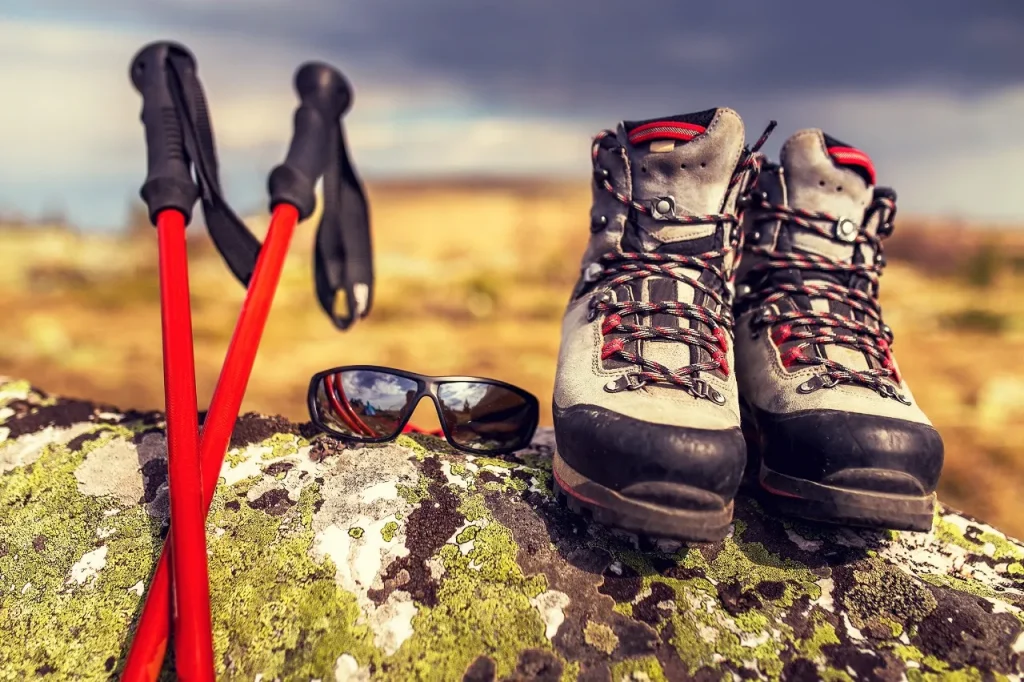
Other Miscellaneous Items for The Northern Circuit Route
Now that we’ve got the packing essentials of the Northern Circuit Route Kilimanjaro out of the way, it’s time to cover some other miscellaneous items. The following list will help you with this.
| ITEM(S) | DESCRIPTION |
| Flask | On cold summit nights, a hot drink will keep you warm. So, a half or one-litre flask is recommended. |
| Trekking Poles | Anyone who has knee issues should certainly bring a pair of trekking poles. Even those who don’t will benefit greatly from these, especially during descents. |
| Hand Warmers | A pair of these will help greatly in terms of circulation. |
| Mosquito Repellent | There are no mosquitoes in the mountain, but there are mosquitoes in some regions of Tanzania, so you’ll need mosquito repellent before and after your climb. |
| Water Bottles | This is a crucial item that you should never forget. You’ll need water to stay hydrated on the mountain. |
| Travel Towels | This is optional. We recommend ones that are lightweight and dry quickly. |
A Note – Those who are experienced and regular climbers may already have their pieces of equipment, so they won’t need to buy new ones. But novices looking to save a few bucks can rent some essential equipment.
Let’s Pack for the Northern Circuit Route
In conclusion, proper packing is crucial for a successful and safe climb up the Northern Circuit Route. From warm and waterproof clothing to essential mountaineering gear, packing the right items can help ensure your comfort, safety, and enjoyment of the climb.
By following the tips and advice outlined in this article, you’ll be well-equipped for the challenges and unique experiences of trekking up Kilimanjaro.
Remember to plan, pack light, and stay flexible, and you’ll be well on your way to an unforgettable adventure on one of the world’s most iconic mountains.
Happy climbing, fellow trekkers!


